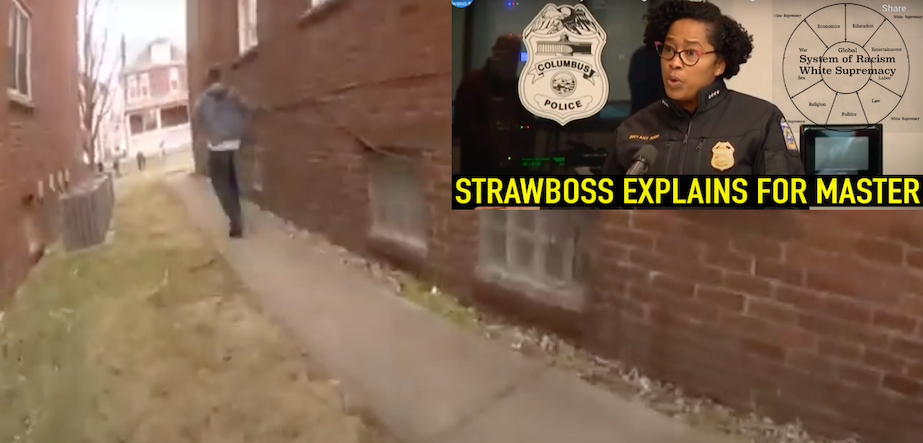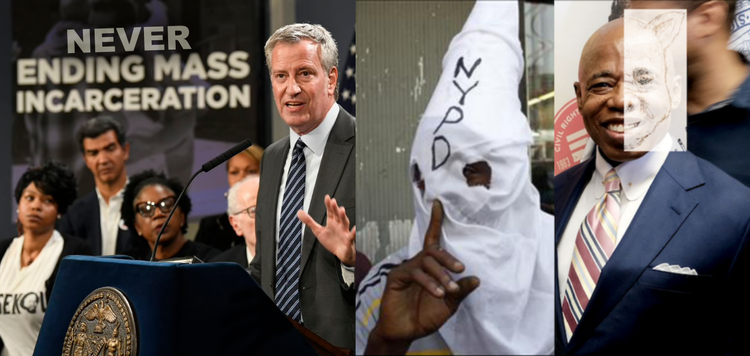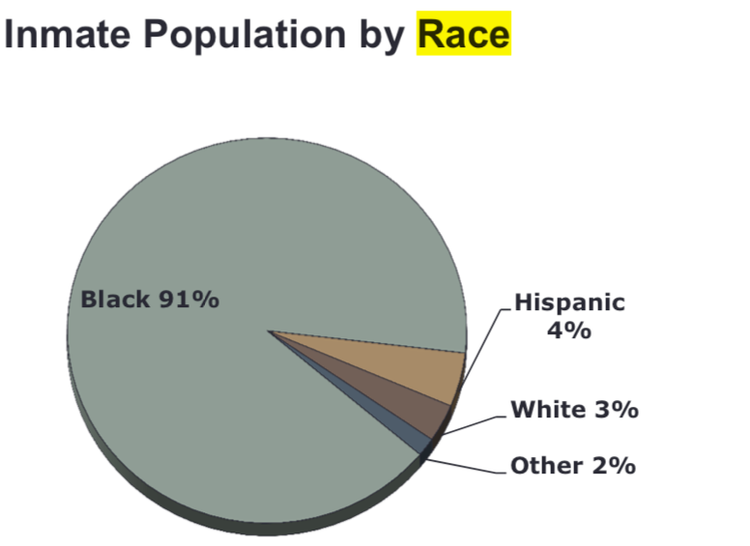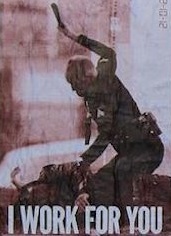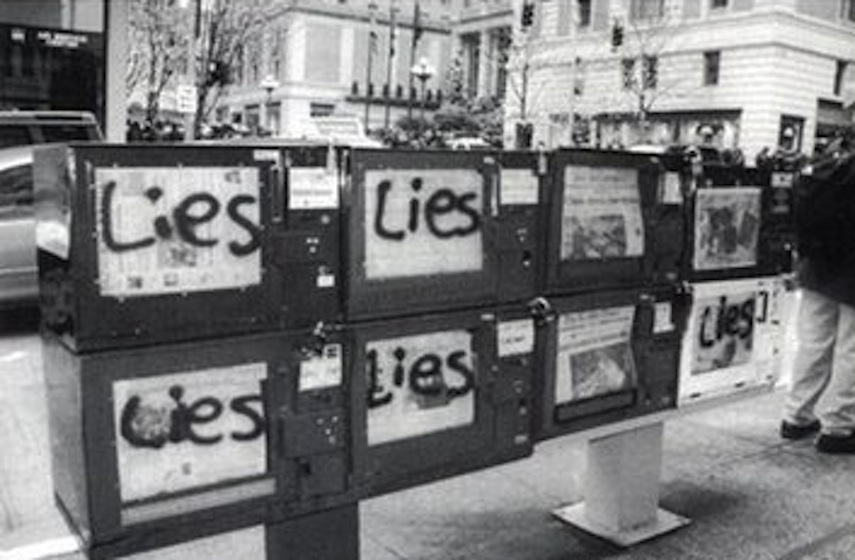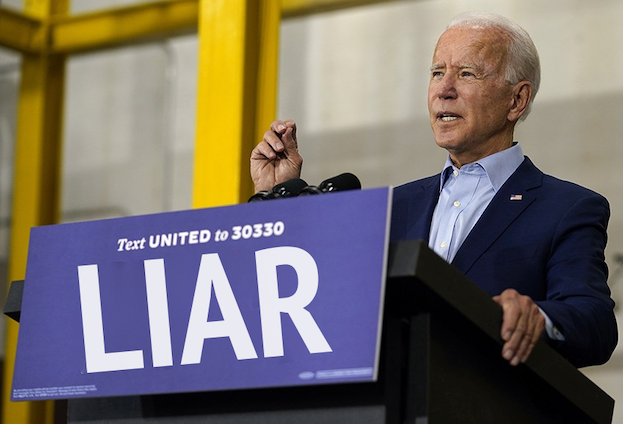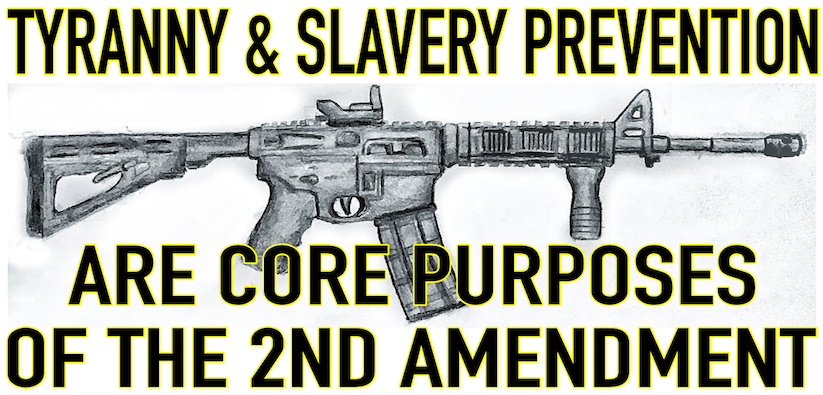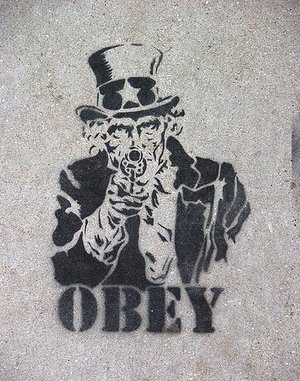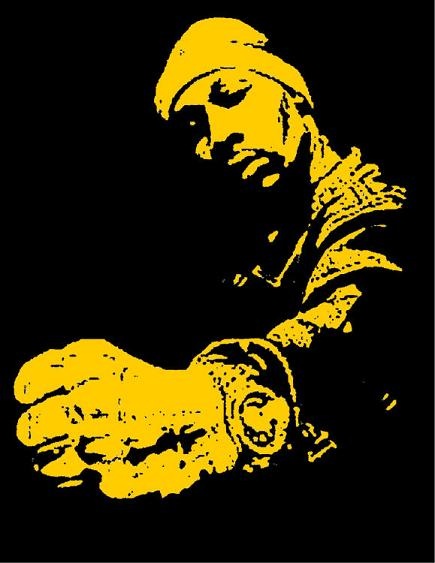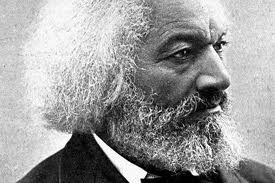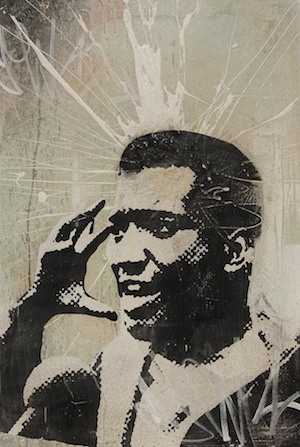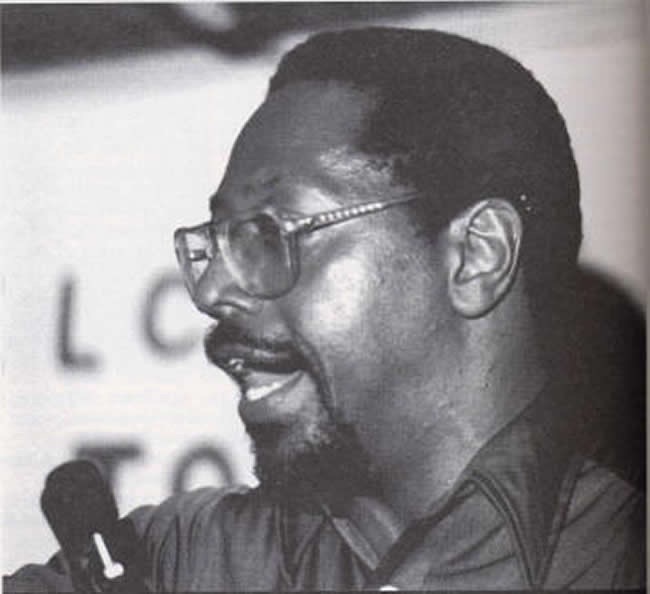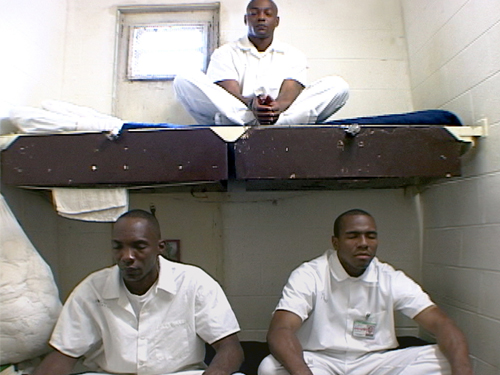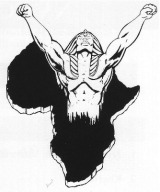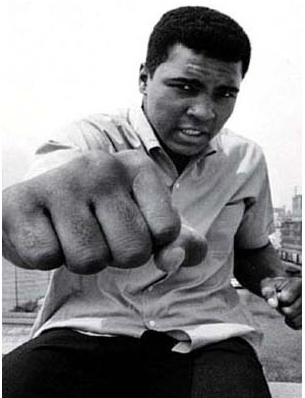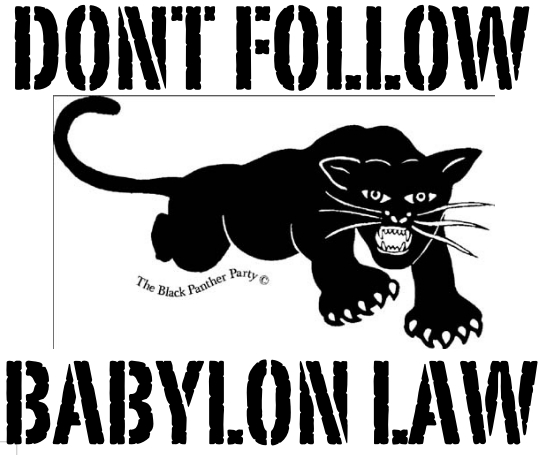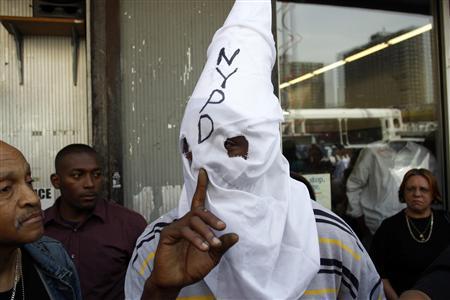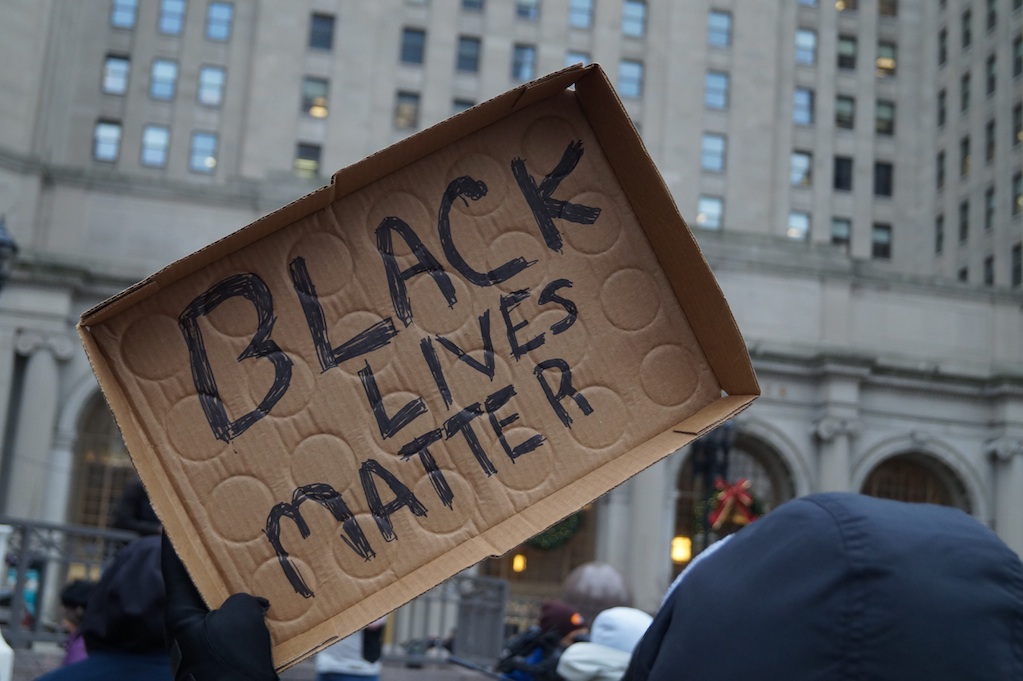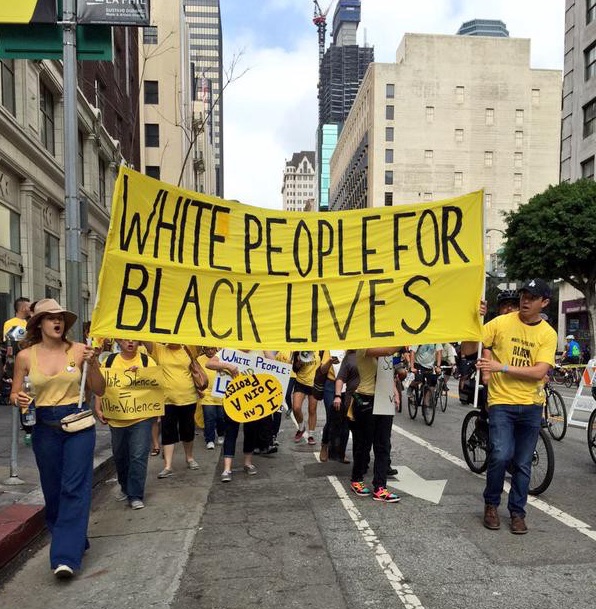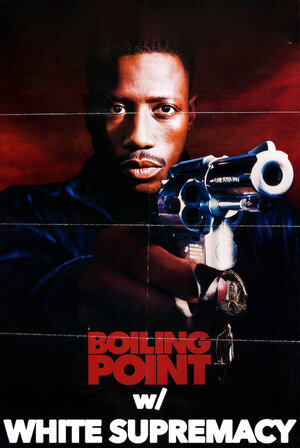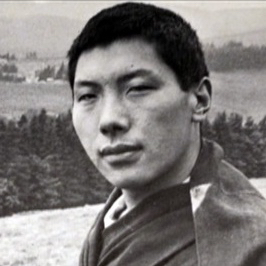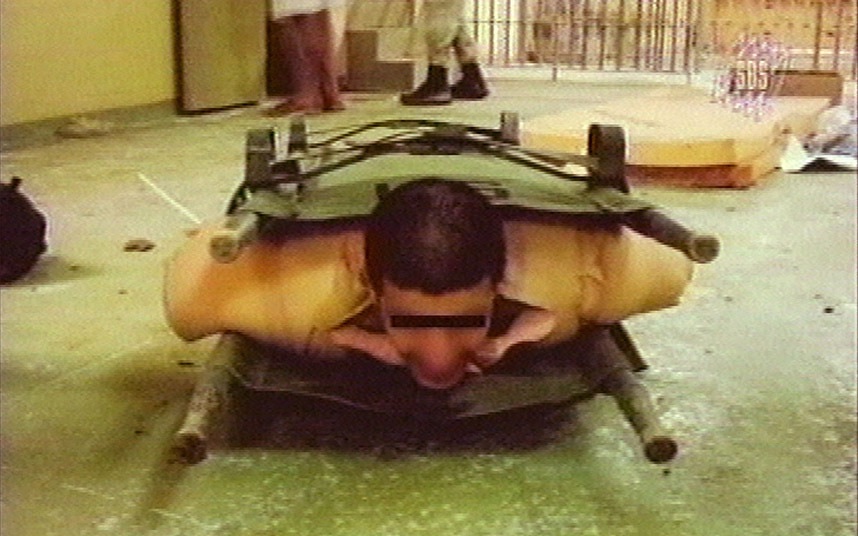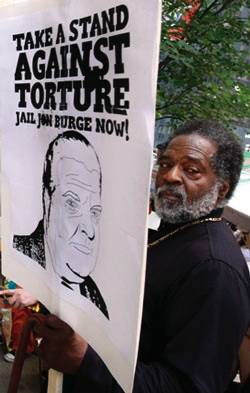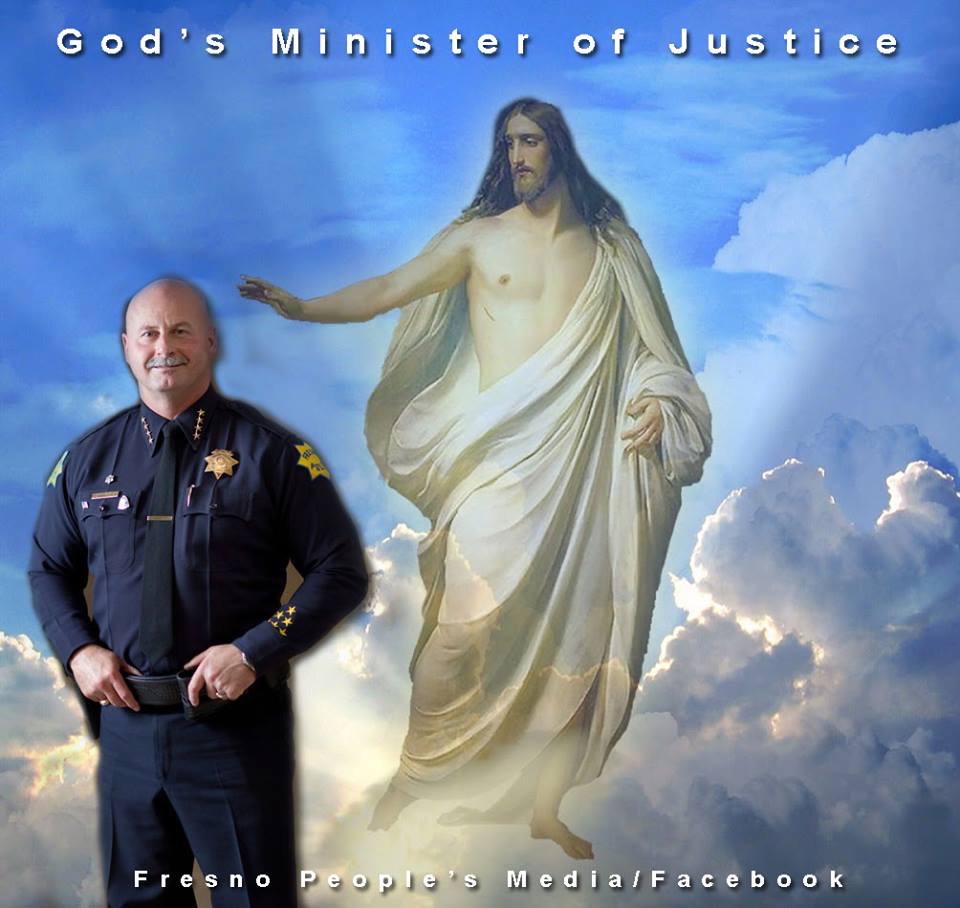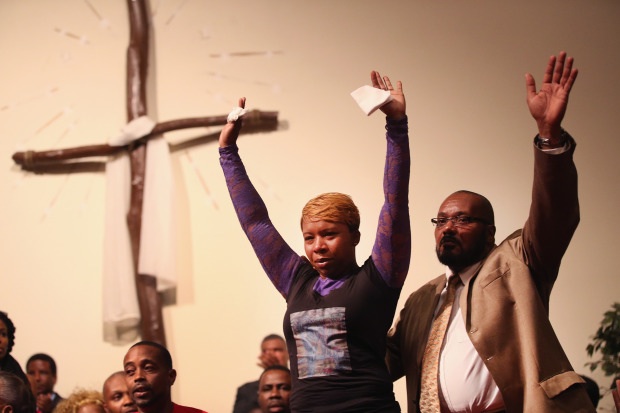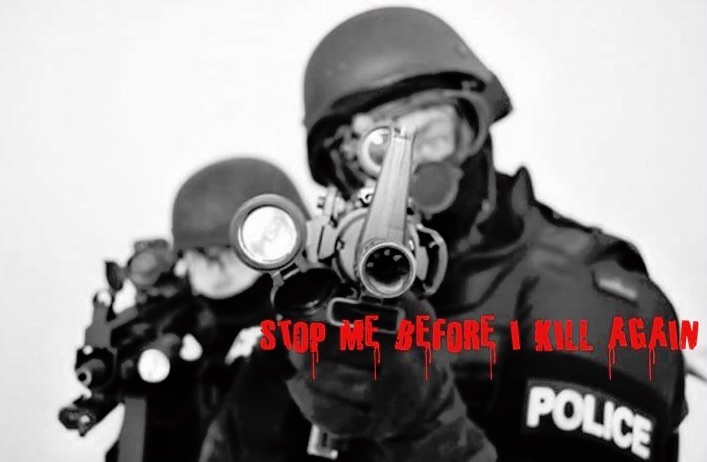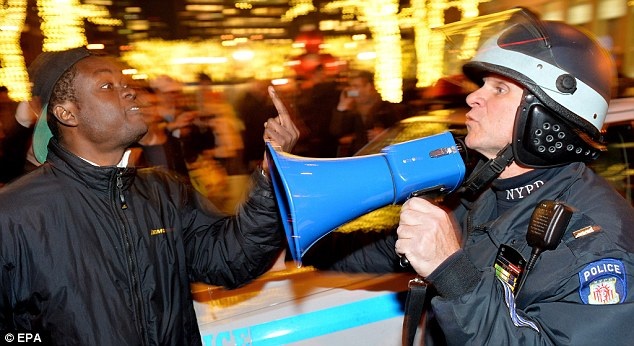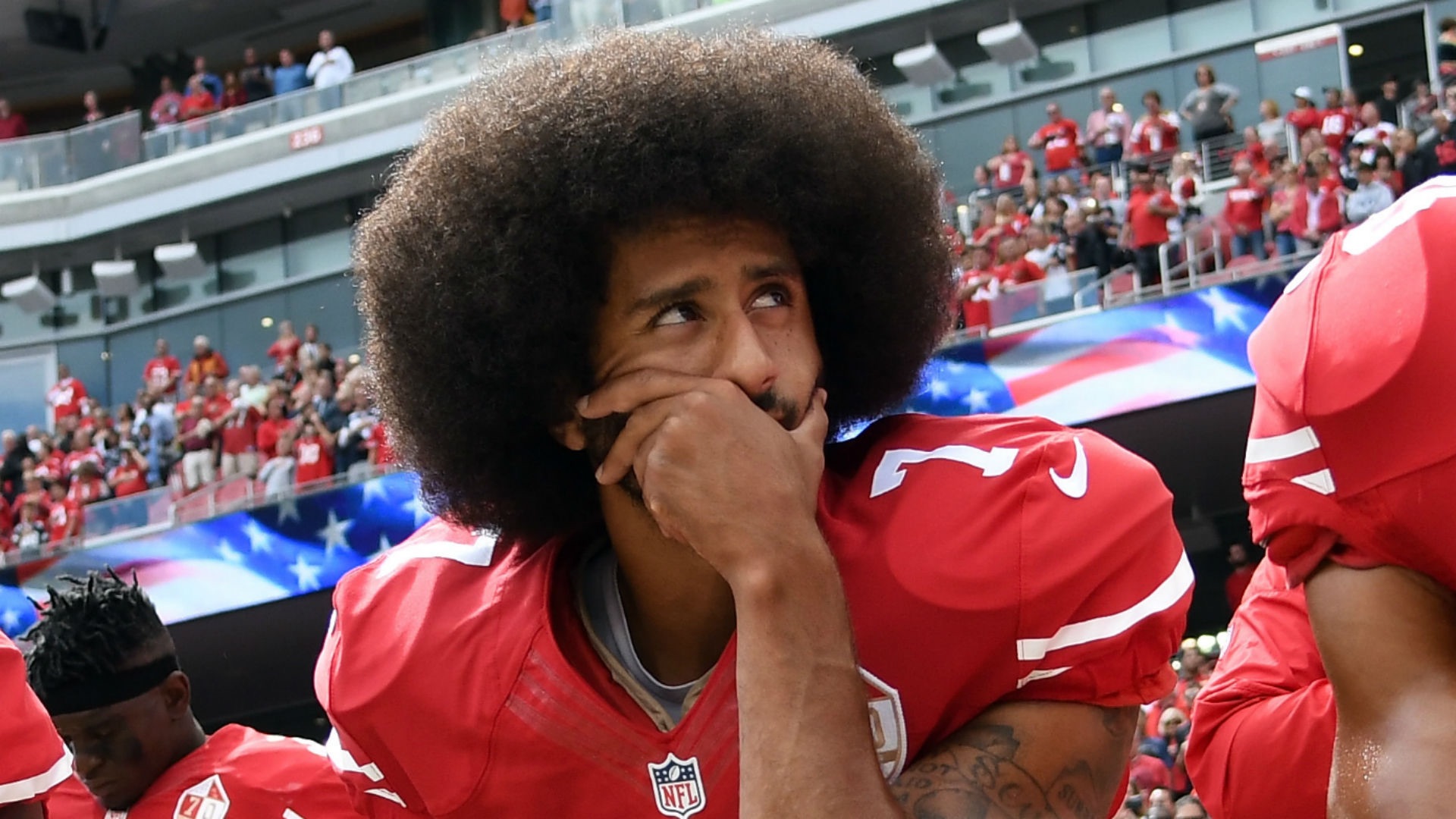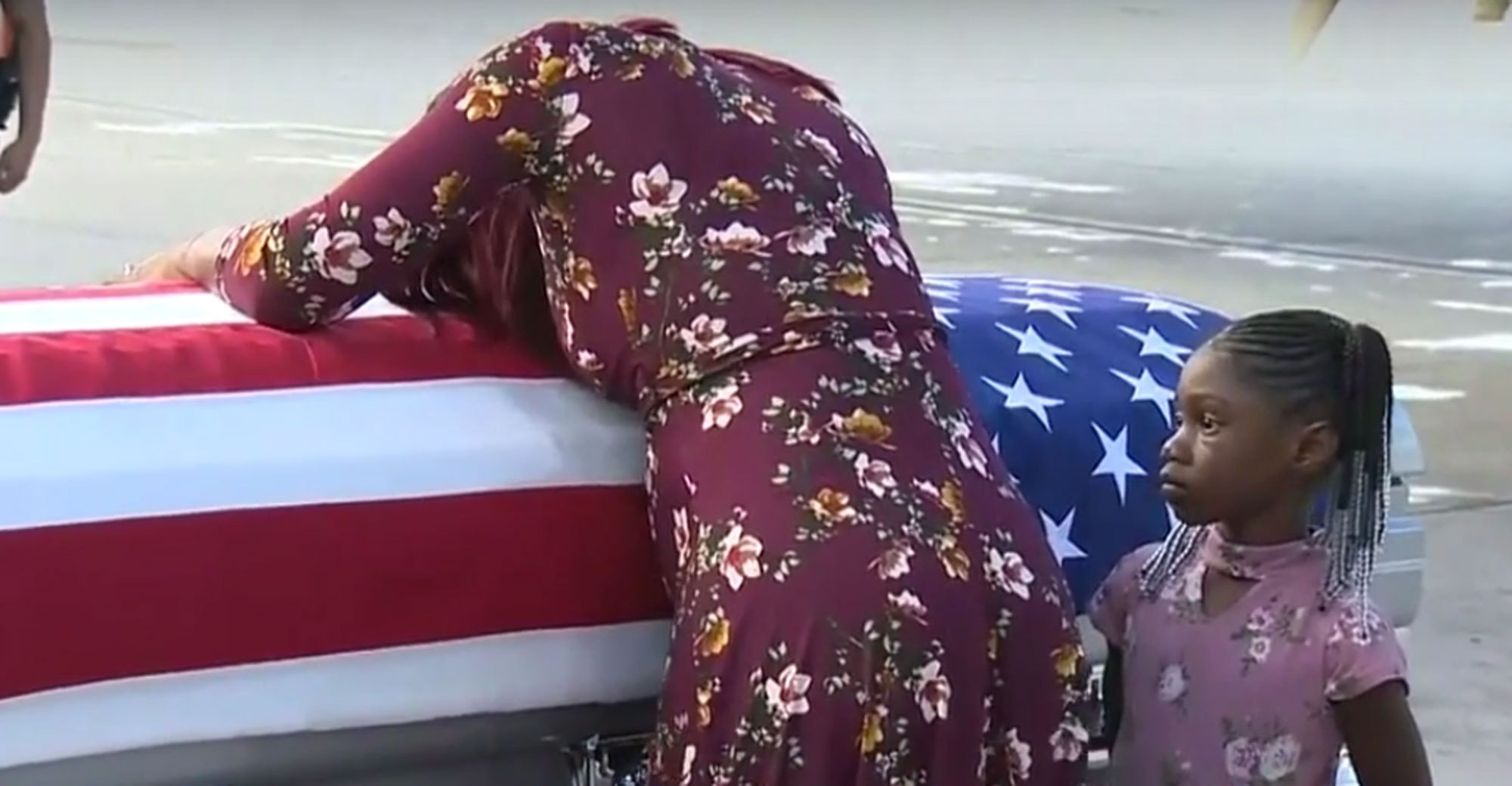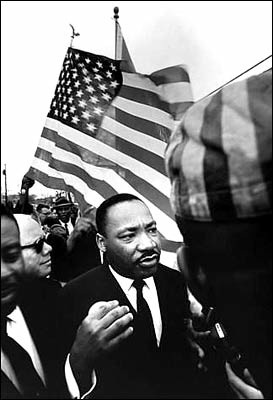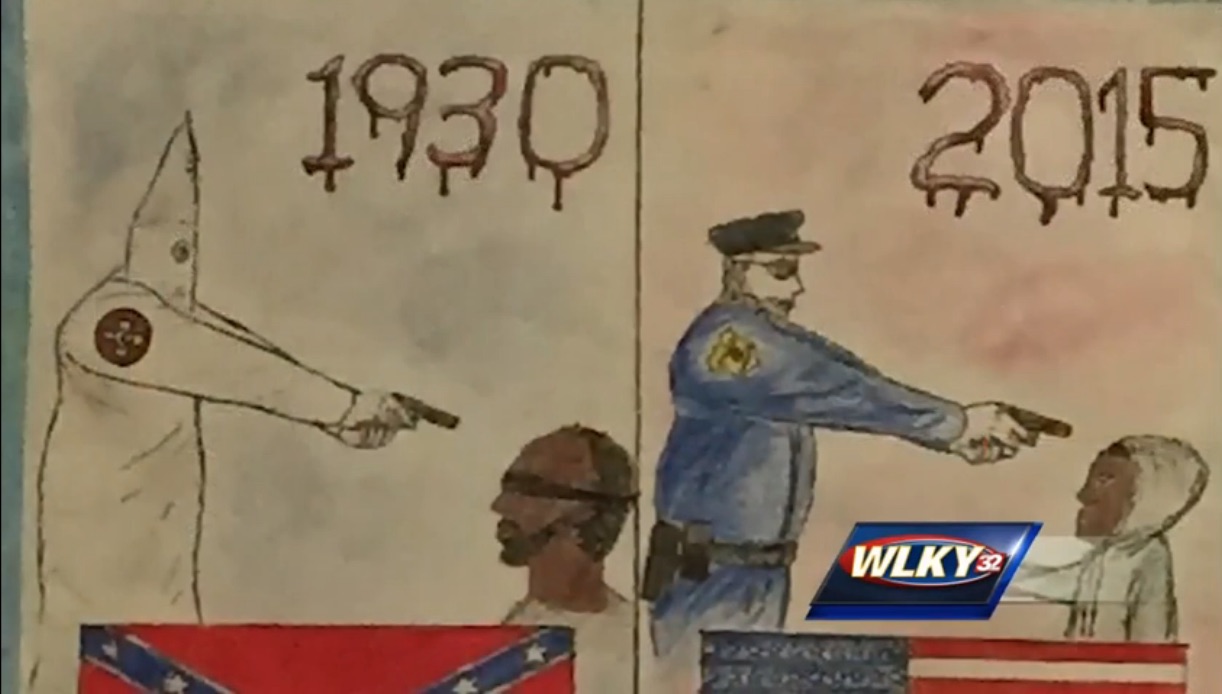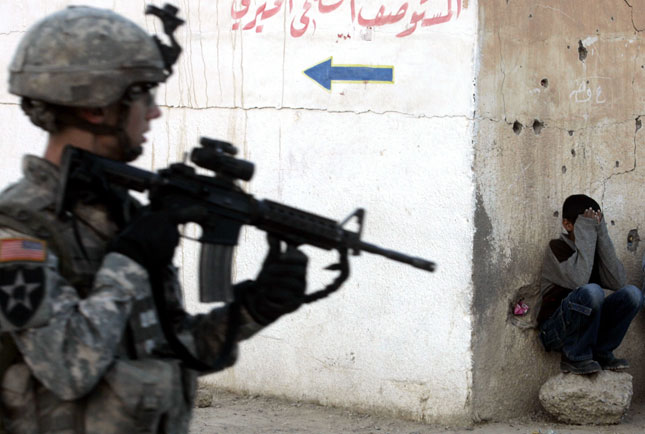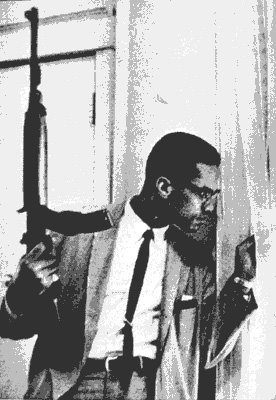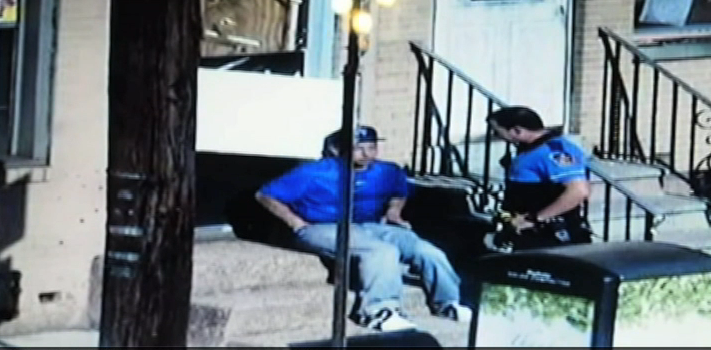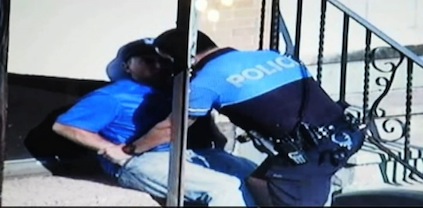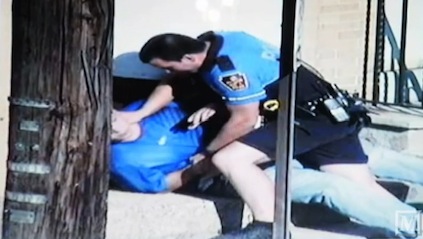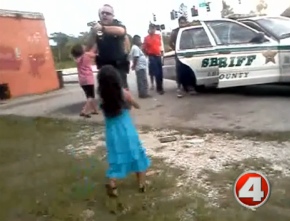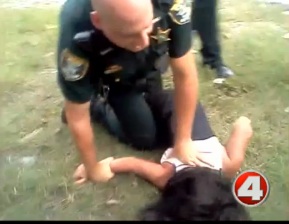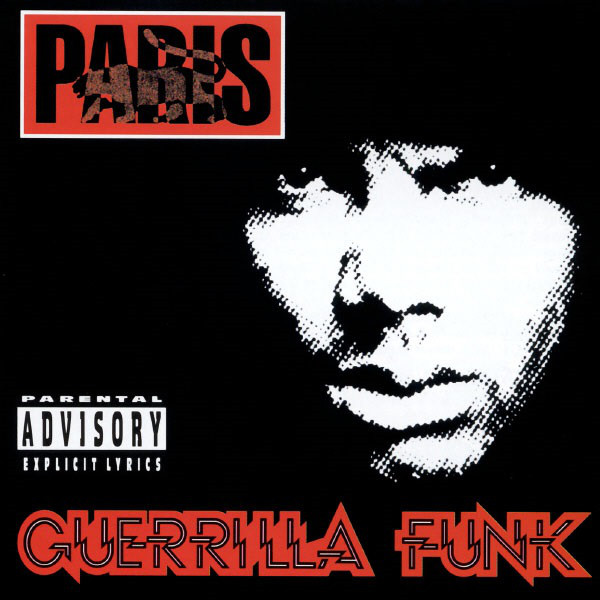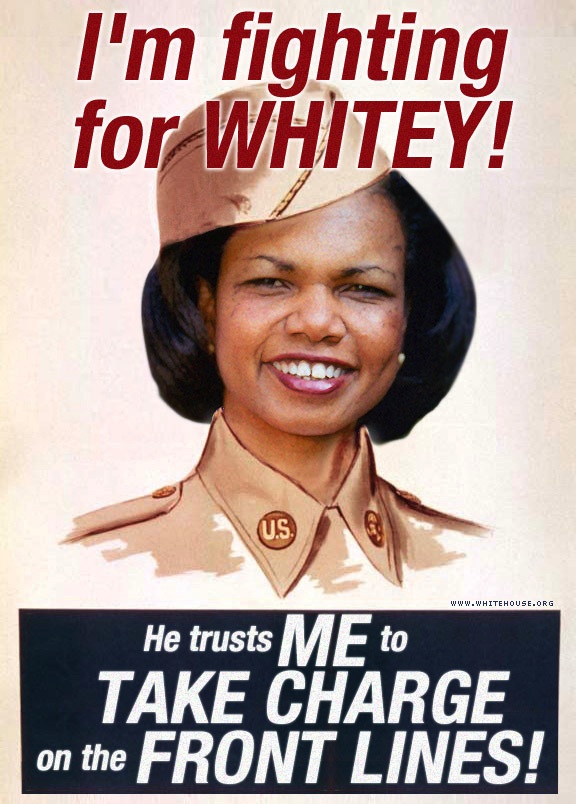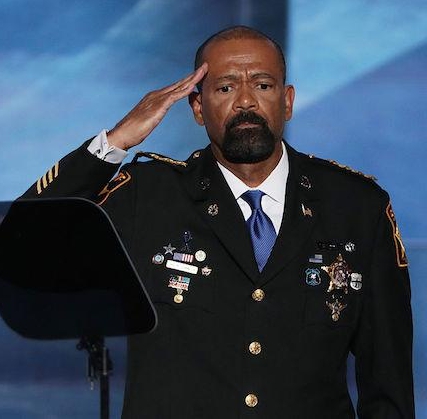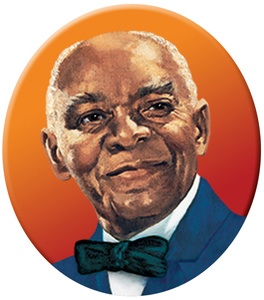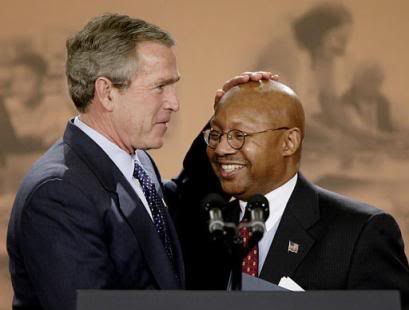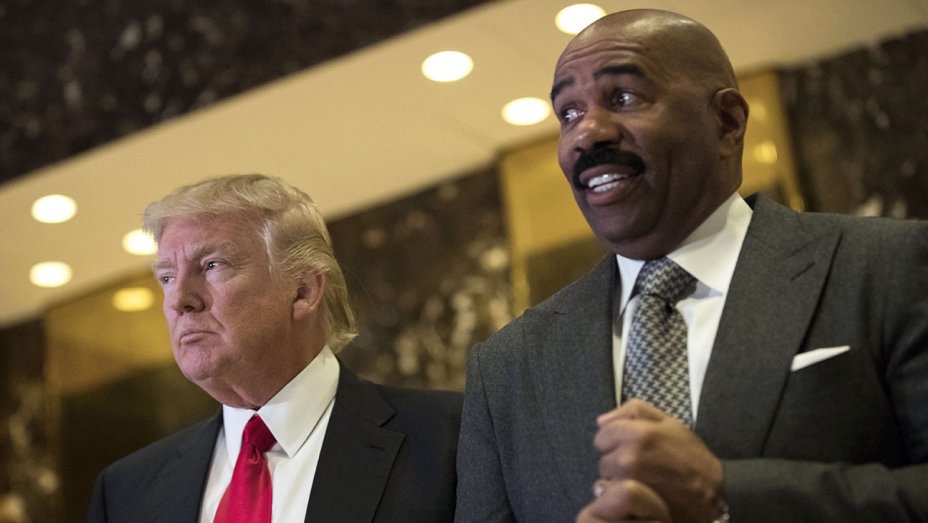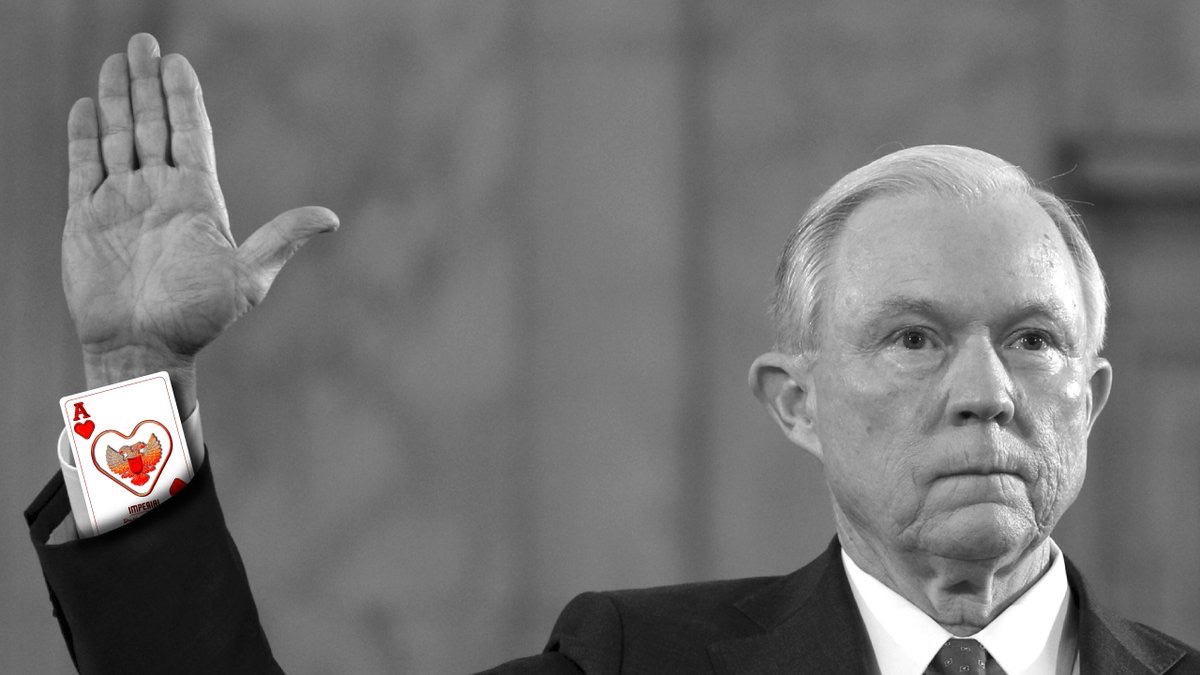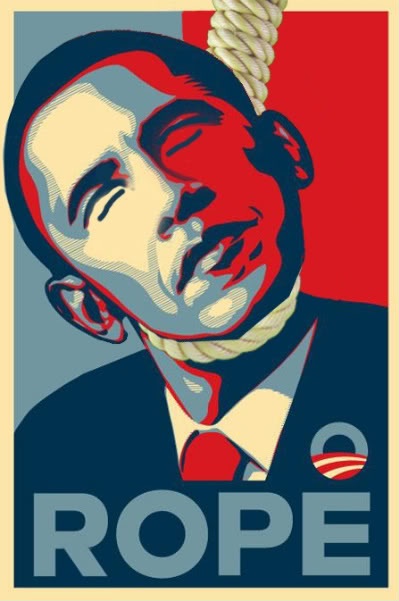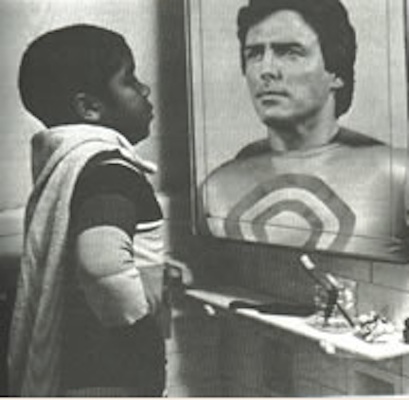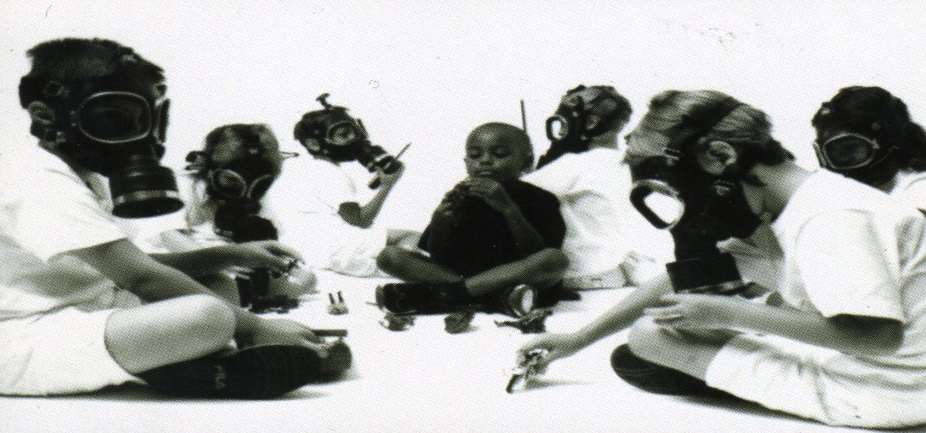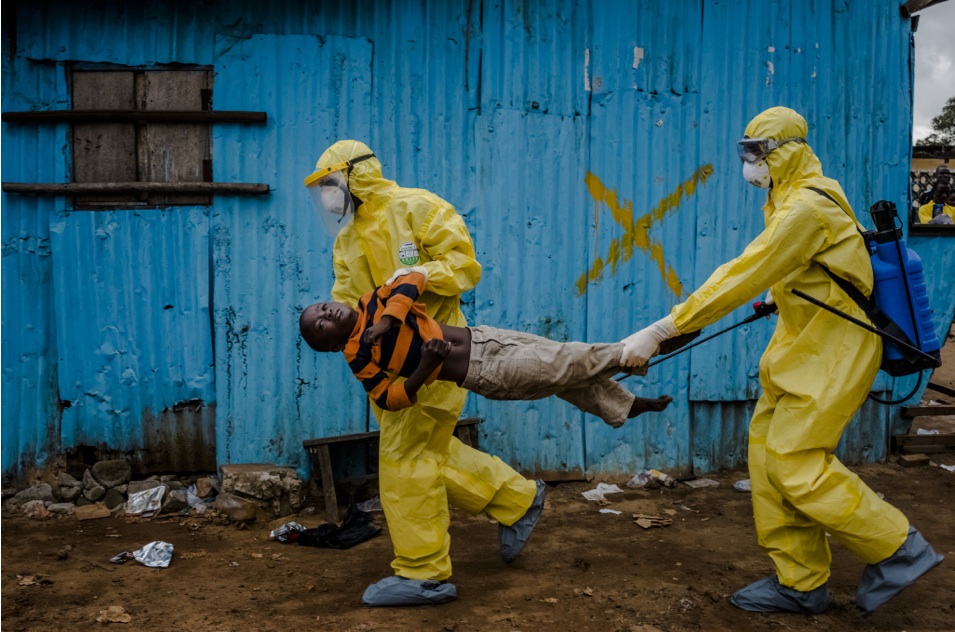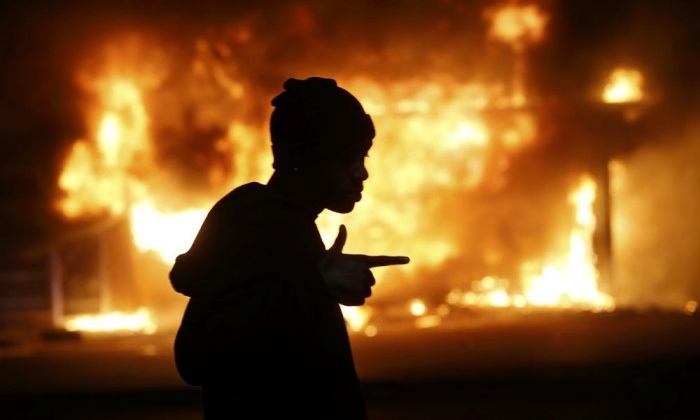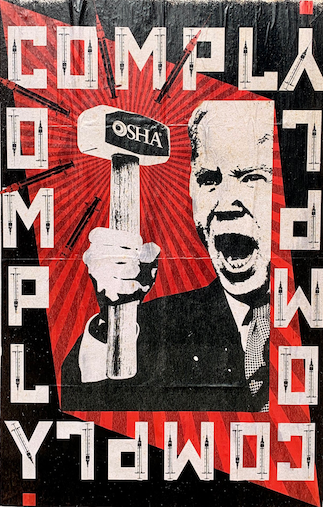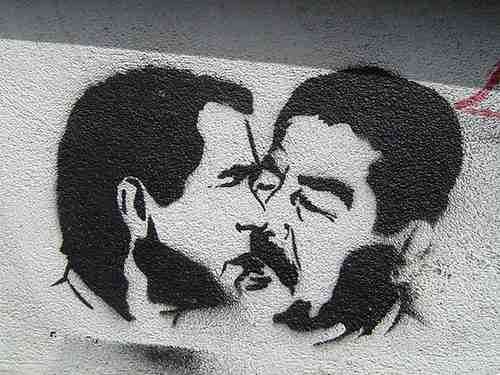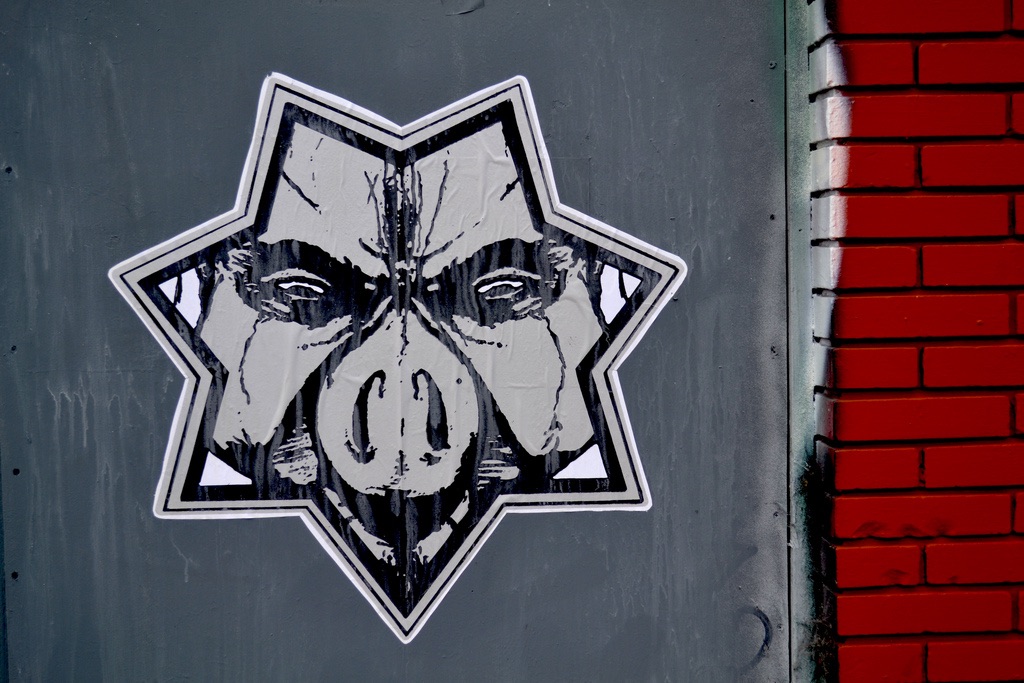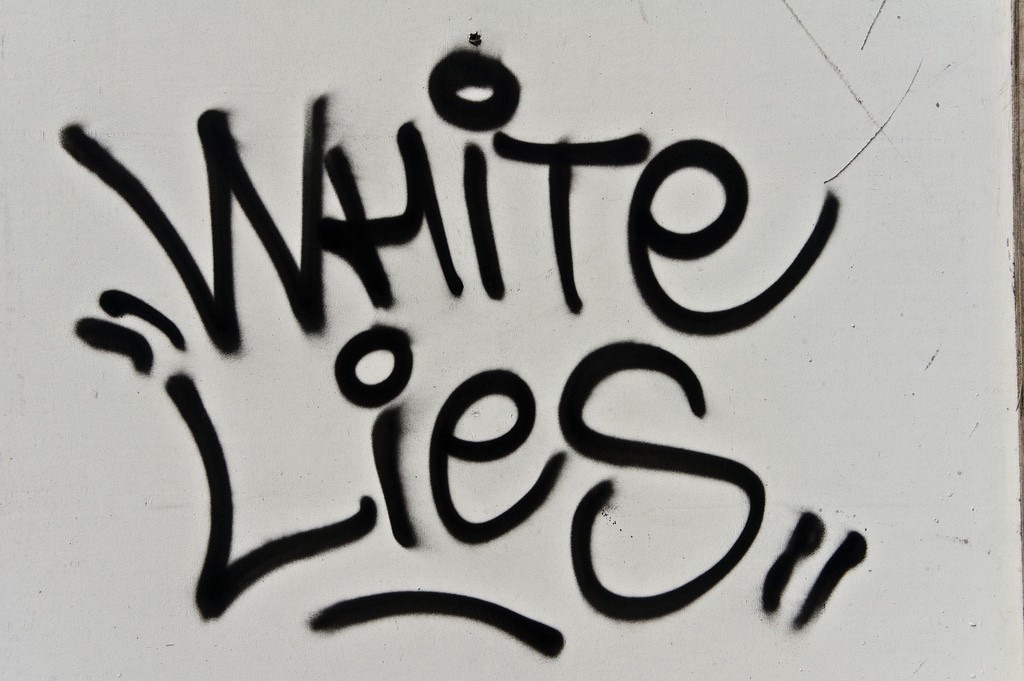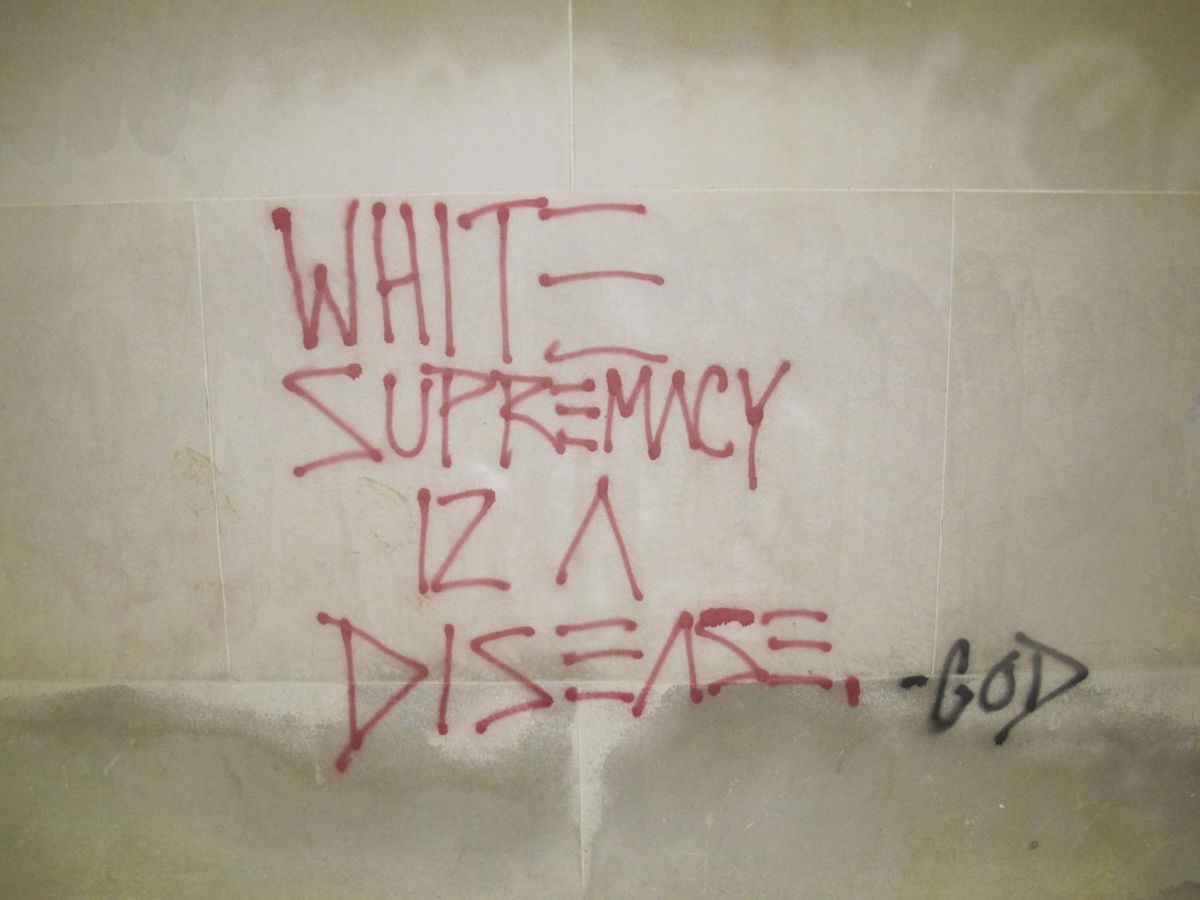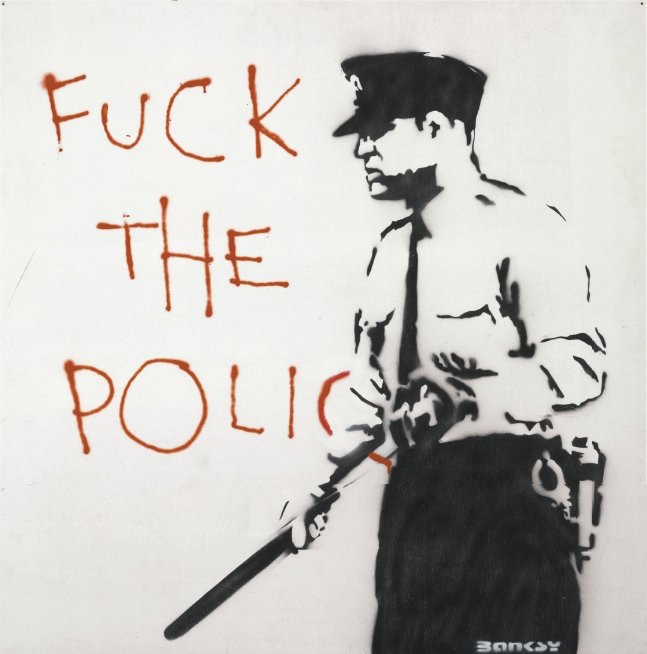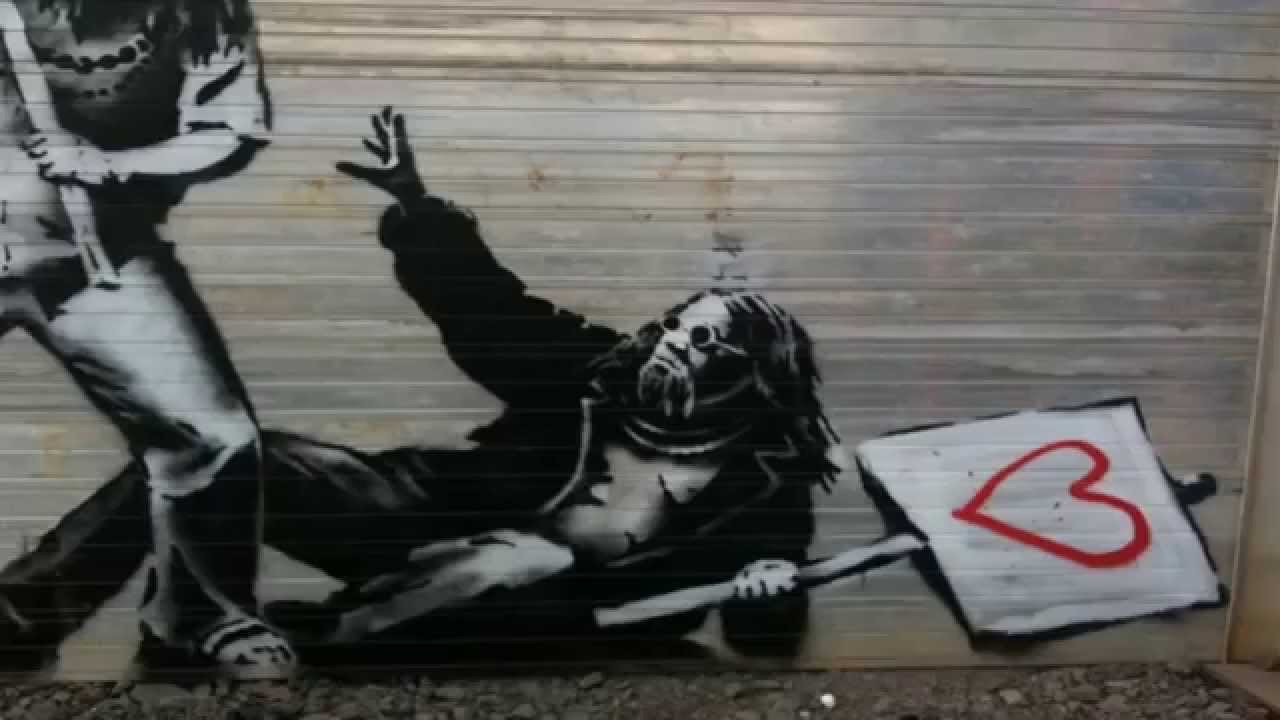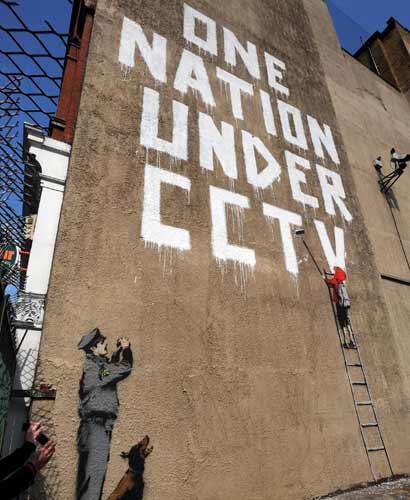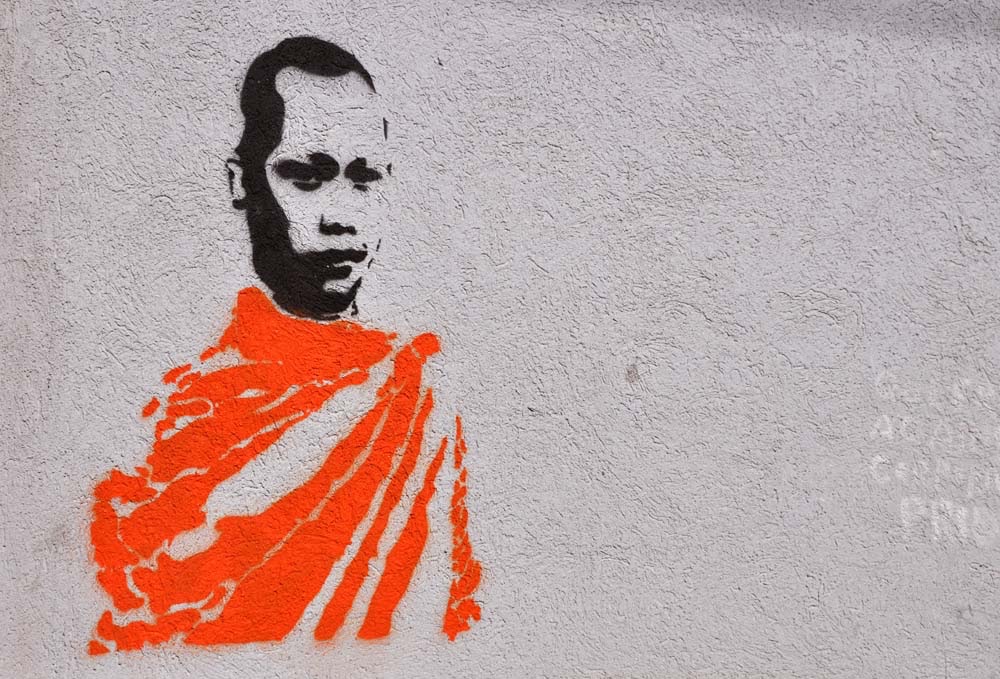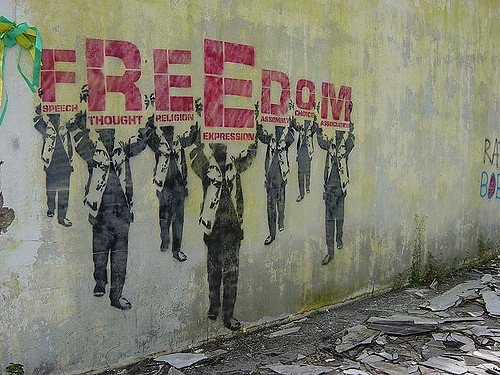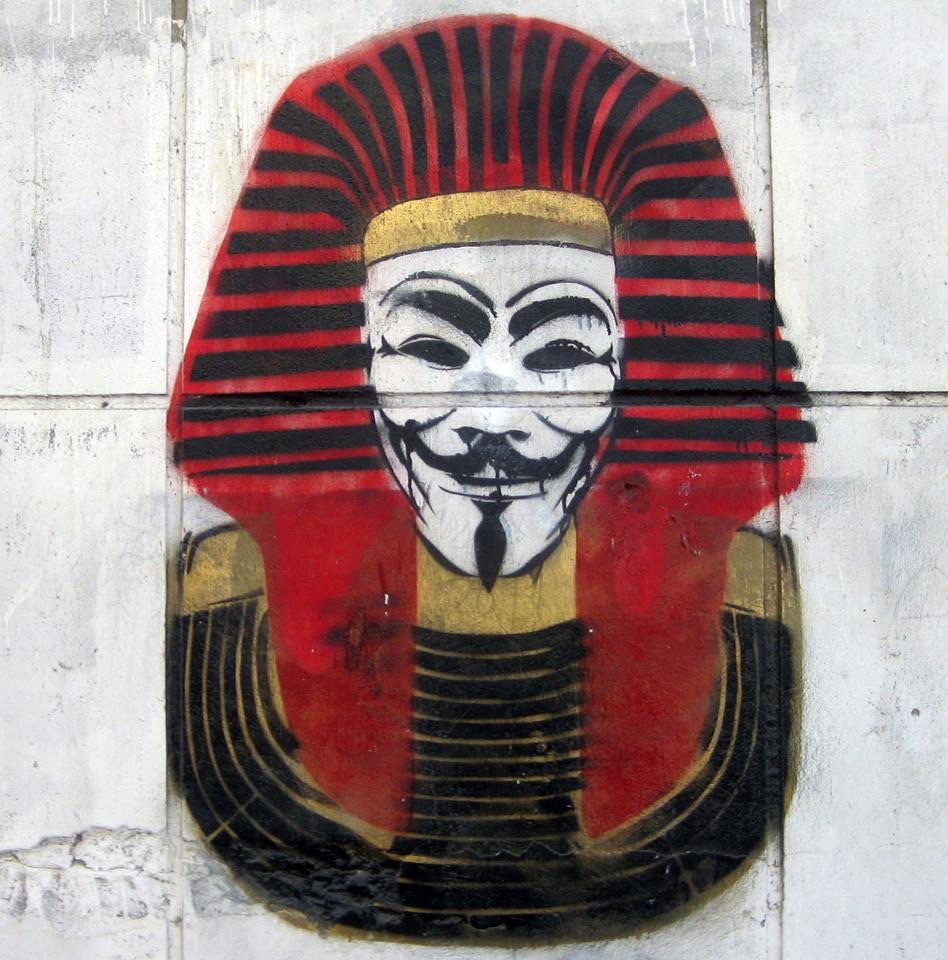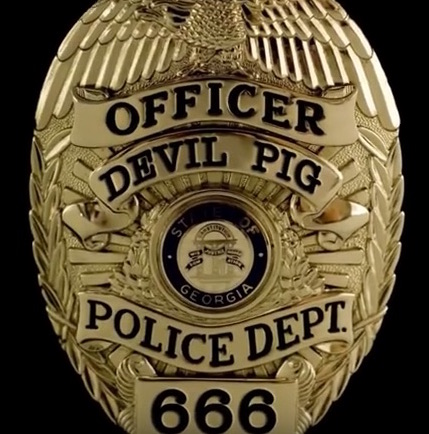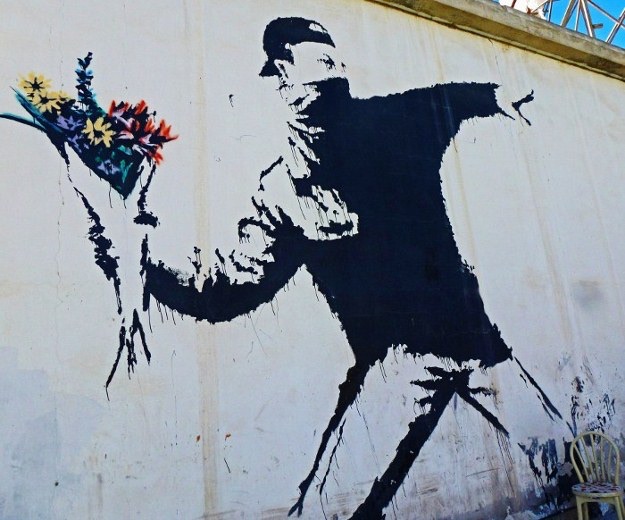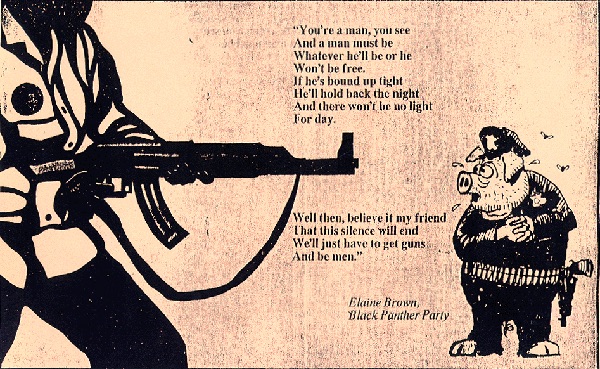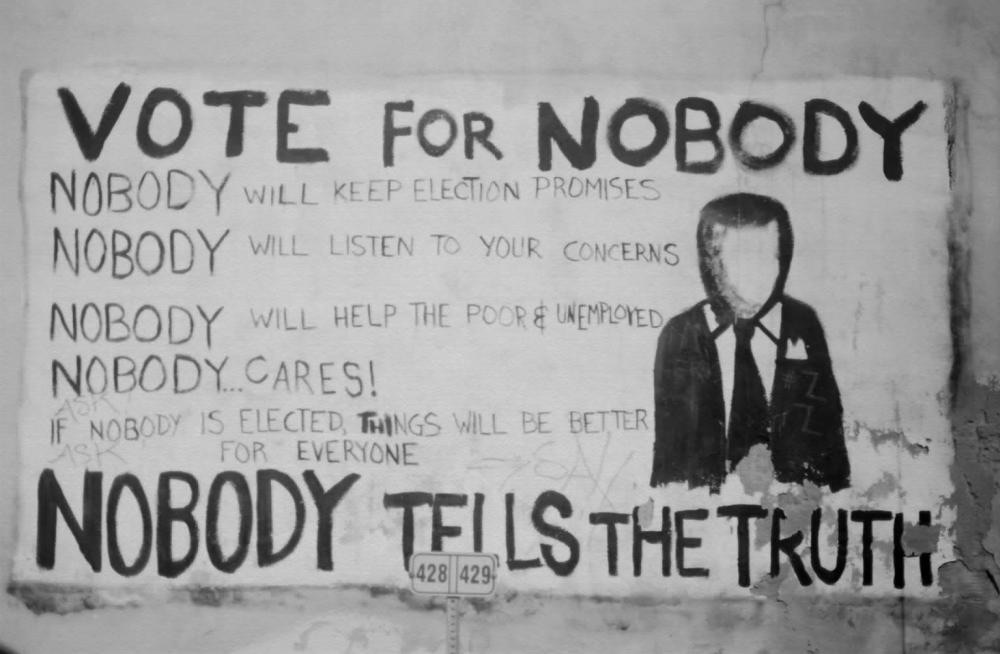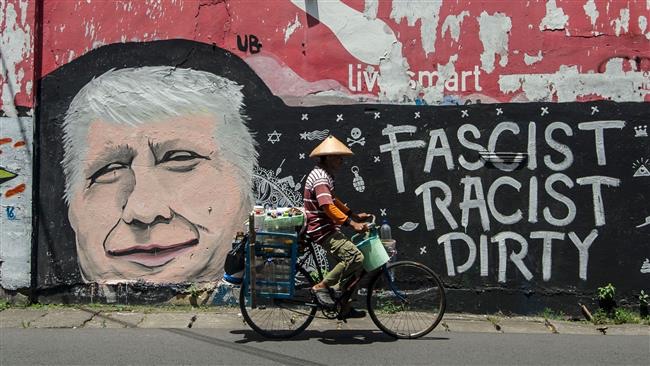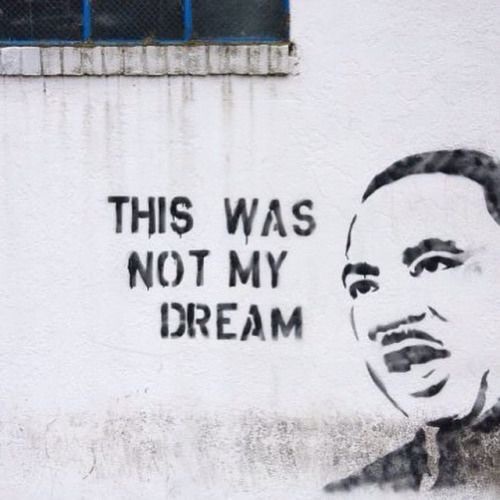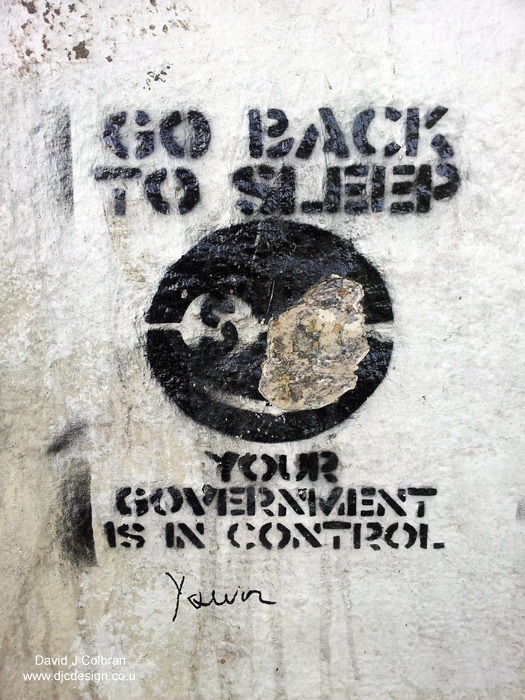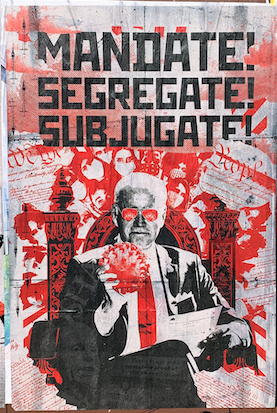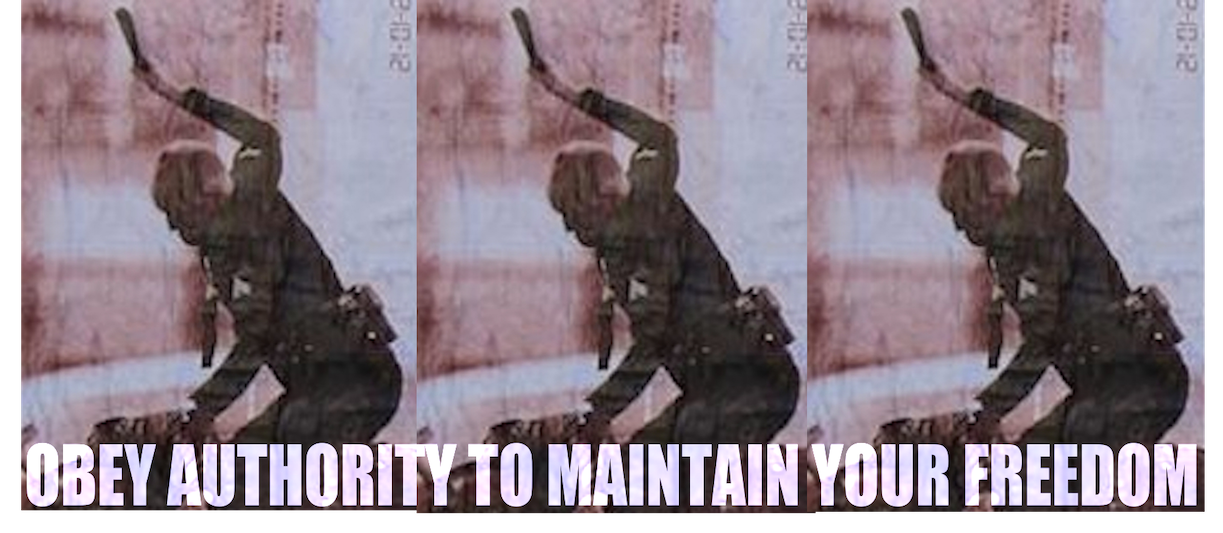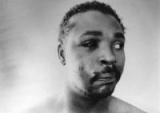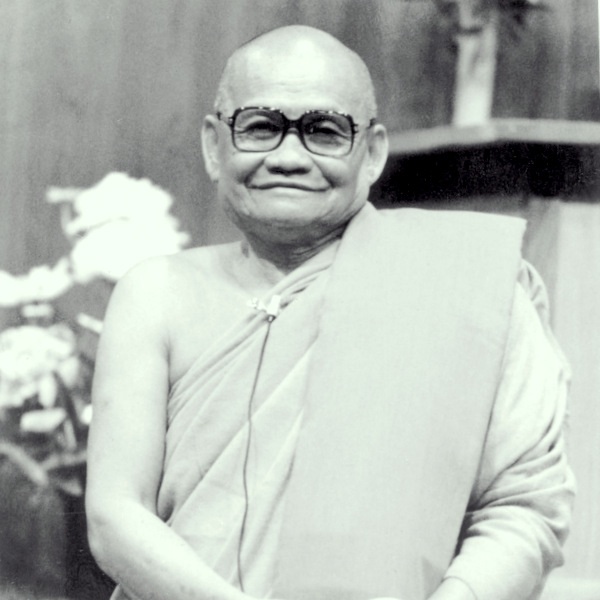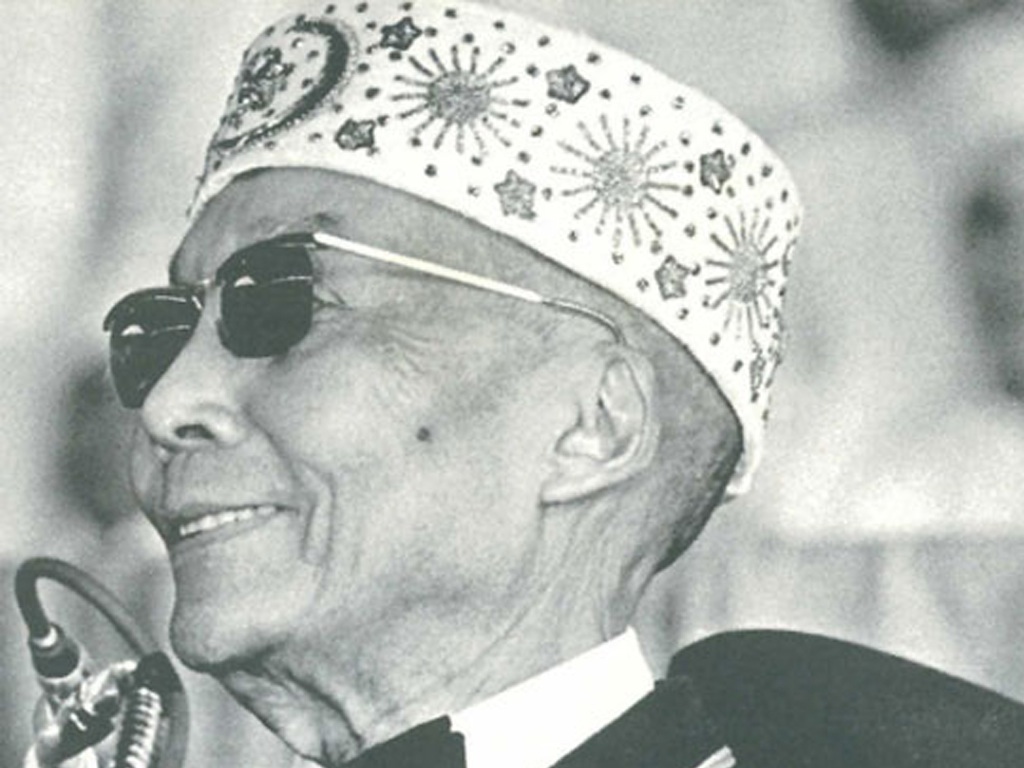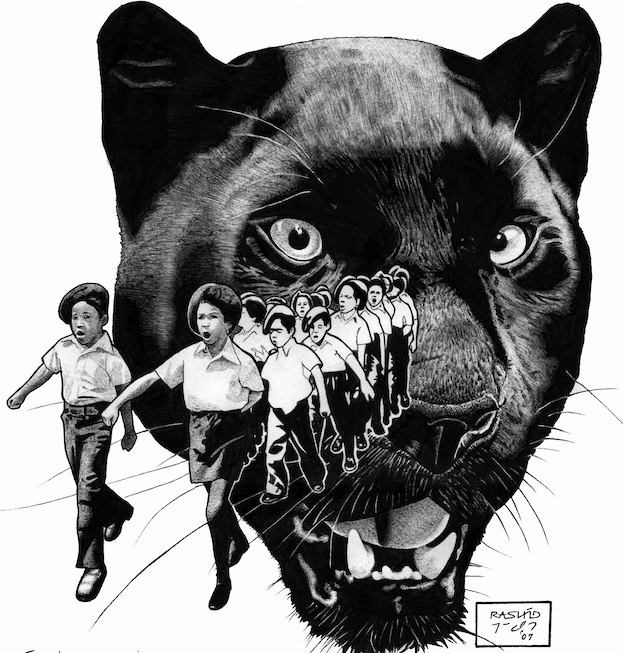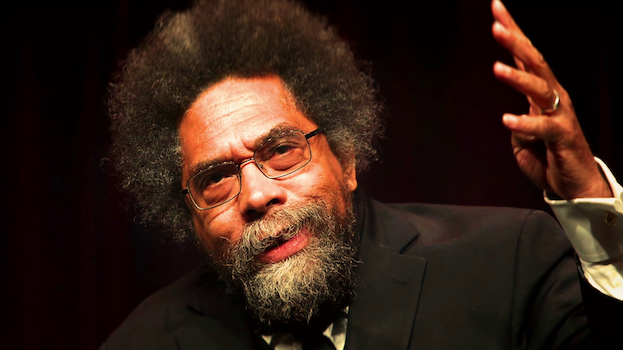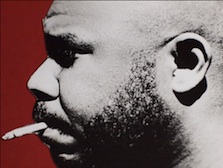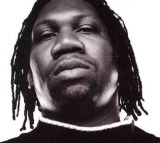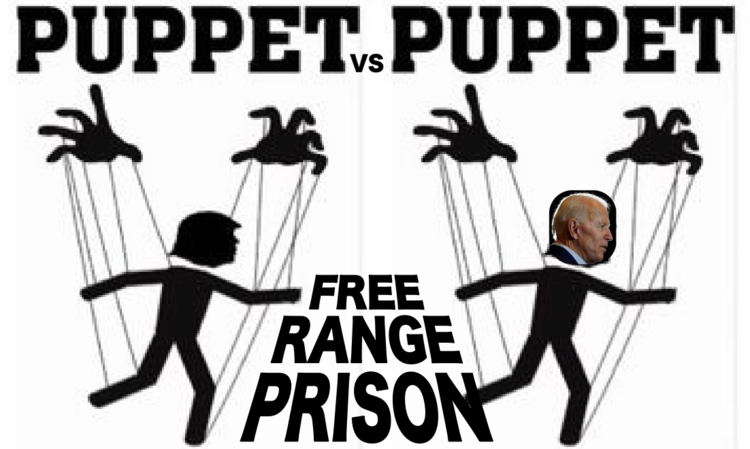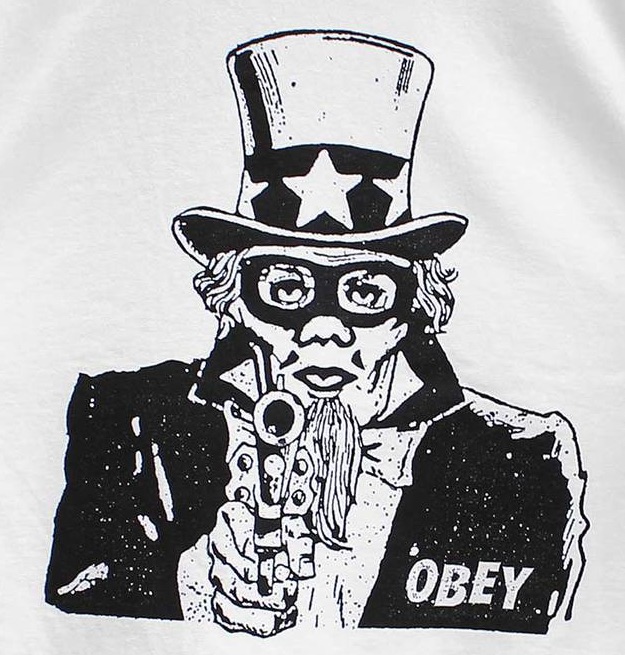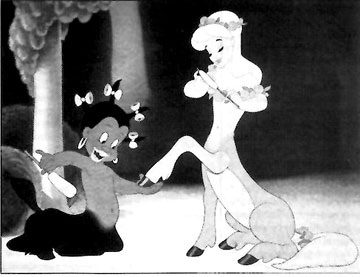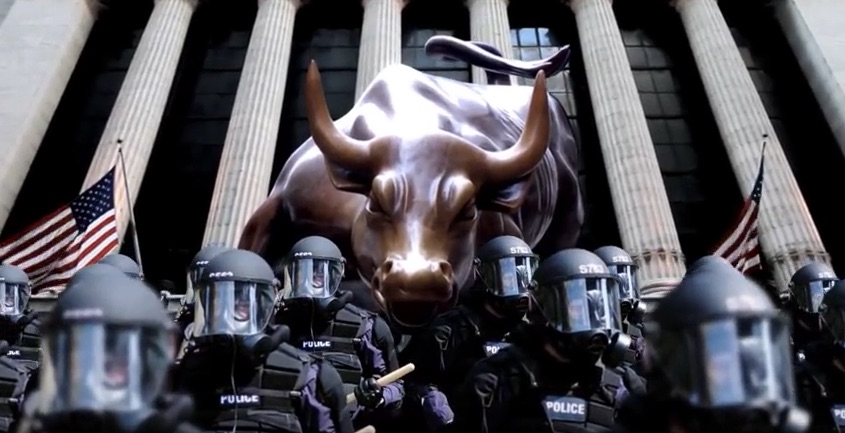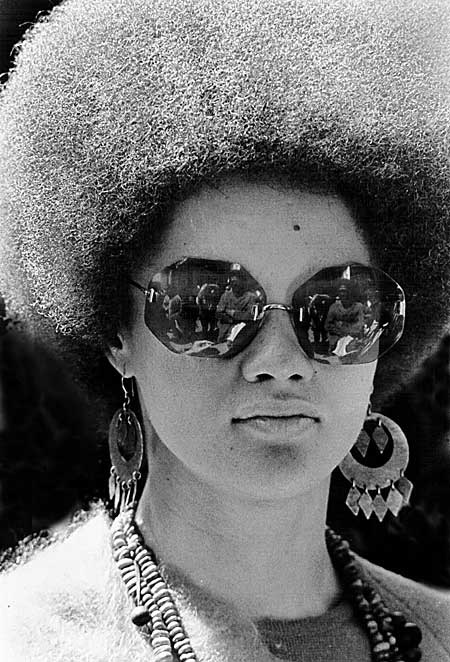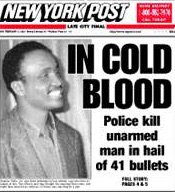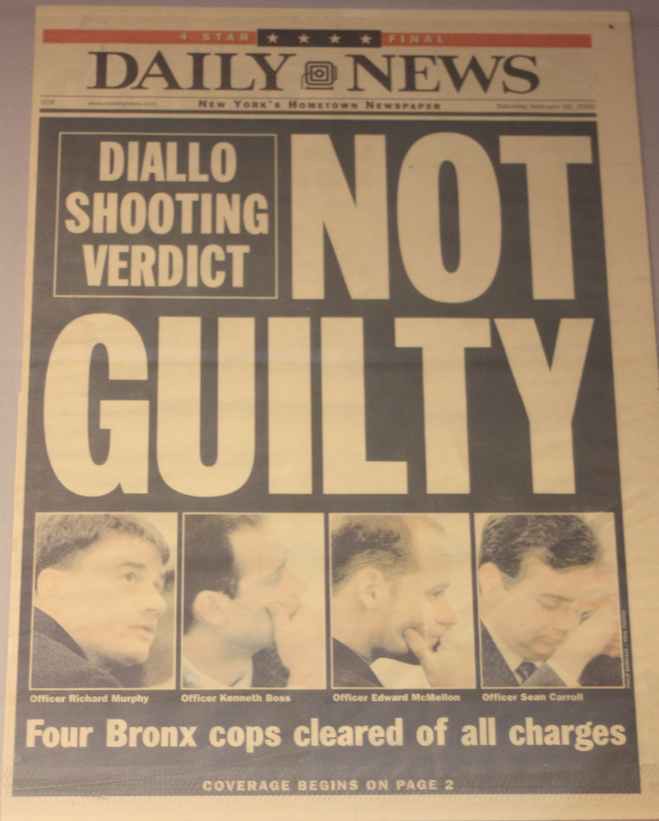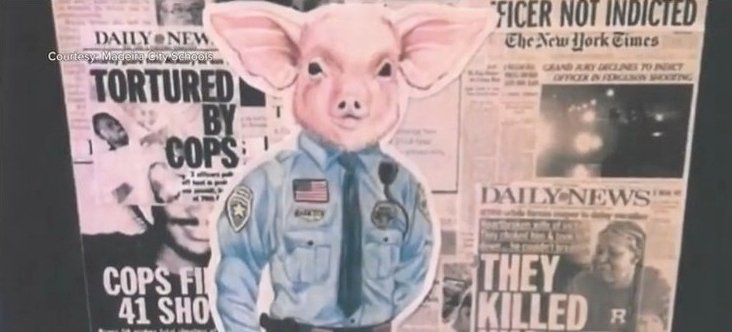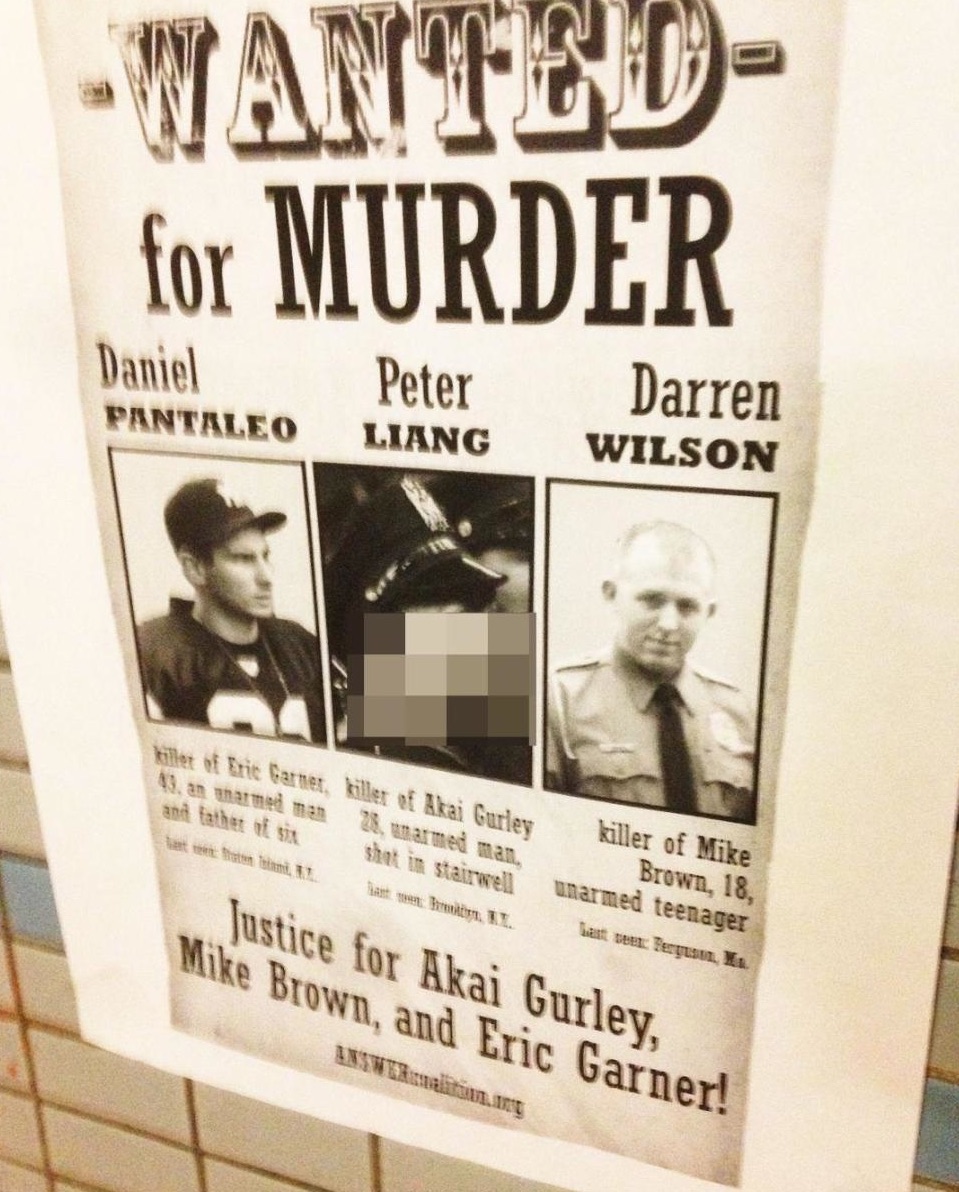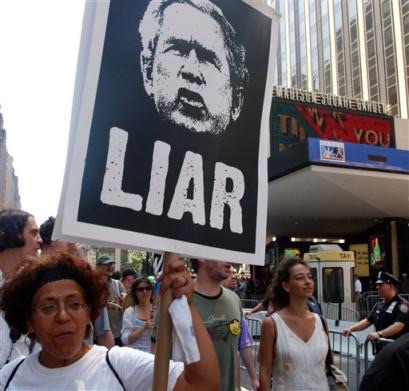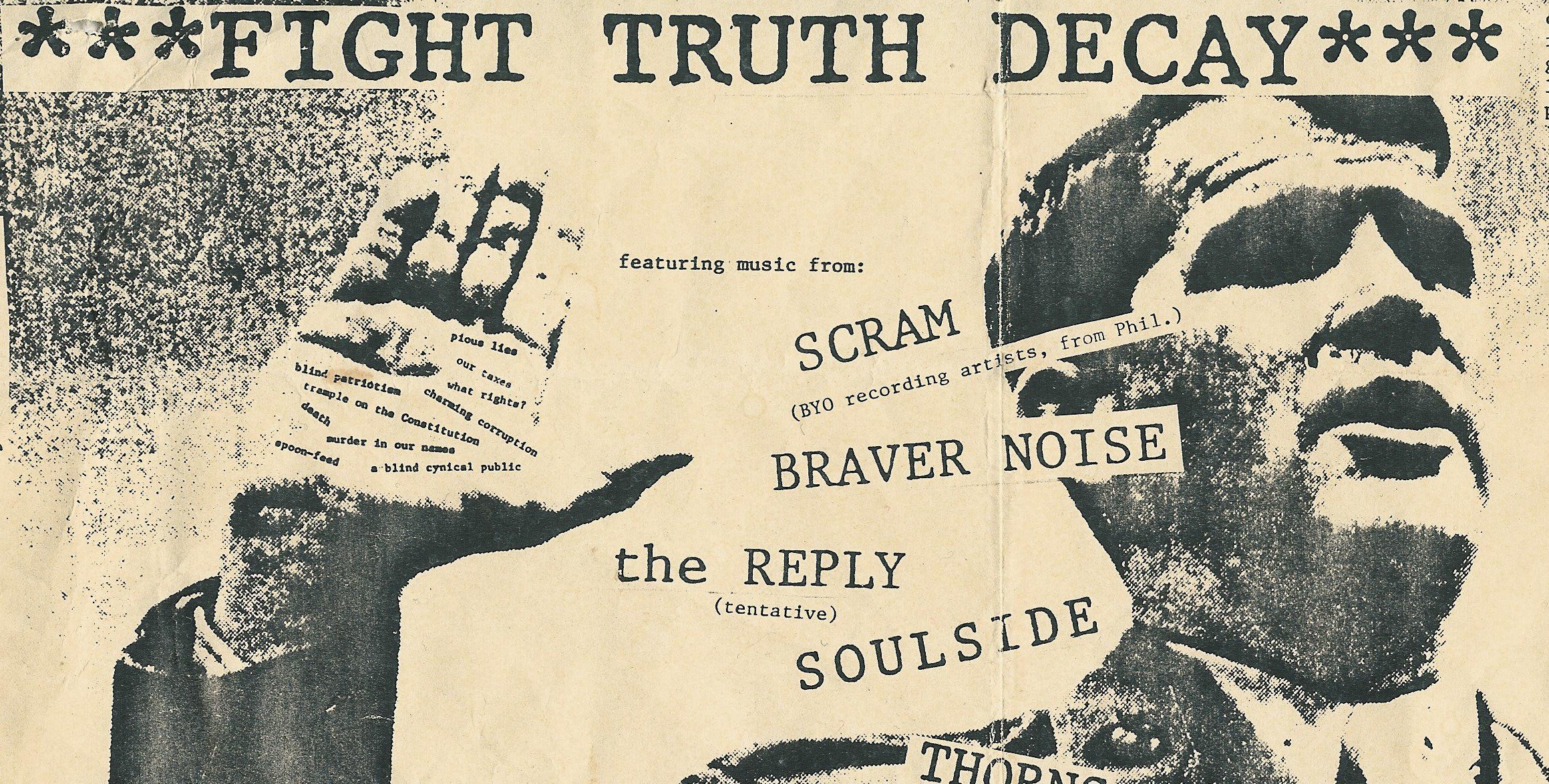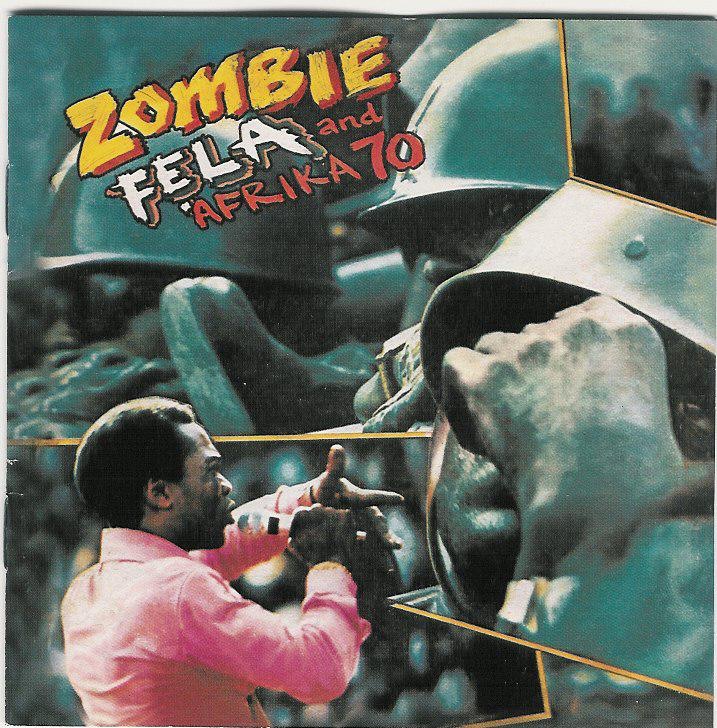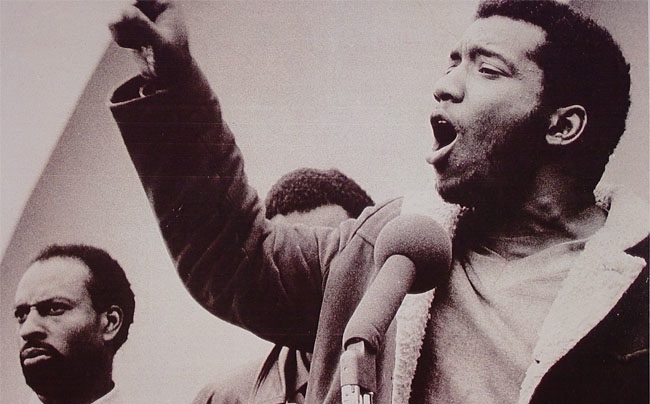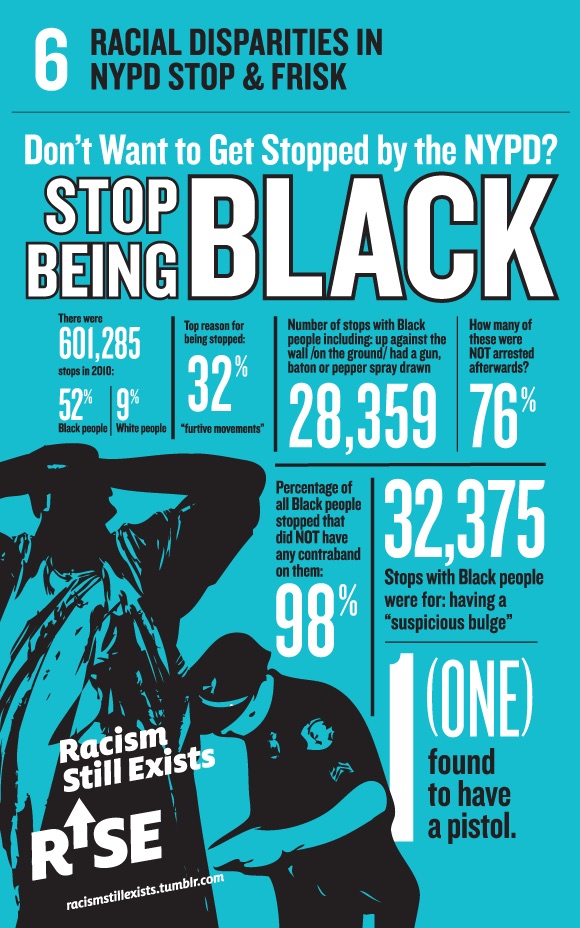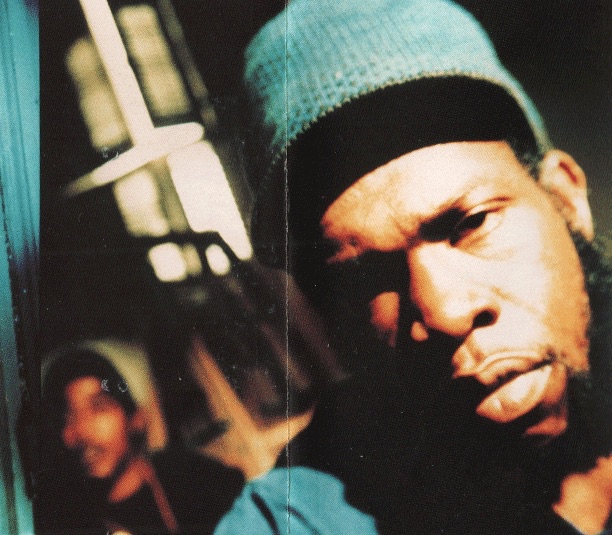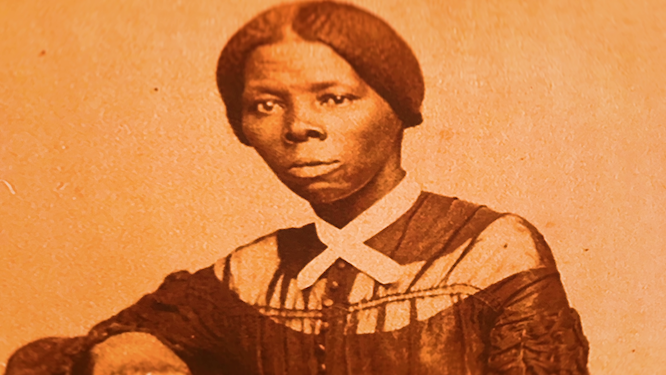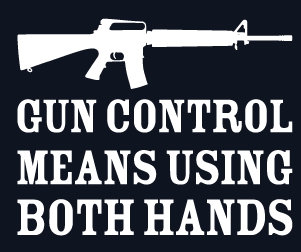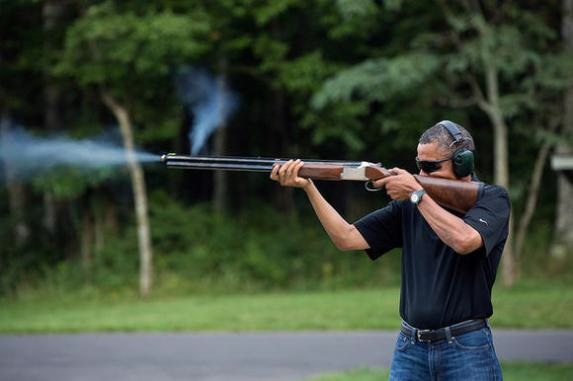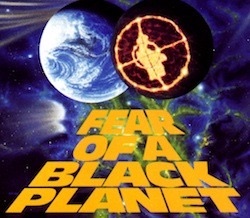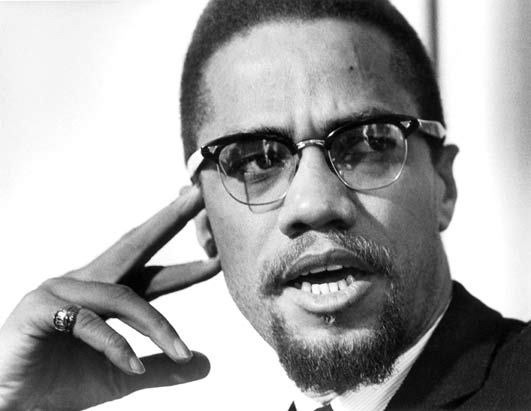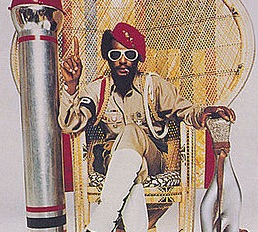From [HERE] As Tyre Nichols sat propped against a police car, bloodied, dazed and handcuffed after being beaten by a group of Memphis police officers, one of those officers took a picture of him and sent it to at least five people, the Memphis Police Department said in documents released by the state on Tuesday.
The documents painted a picture of repeated misconduct by the officers, starting in the first moments after Mr. Nichols was pulled over for a traffic stop, through an arrest carried out with excessive force and continuing on through the many minutes when Mr. Nichols lay on the street in dire need of medical help.
Sending the photograph to acquaintances, including at least one outside of the Police Department, violated policies about keeping information confidential, according to the documents. But police officials said it was also part of a pattern of mocking, abusive and “blatantly unprofessional” behavior by the officers that also included shouting profanities at Mr. Nichols, laughing after the beating and “bragging” about their involvement.
The revelations came in internal affairs documents that the Memphis Police Department sent to a state agency, in which the department asked for the five officers — who have been charged with second-degree murder in Mr. Nichols’s death — to be decertified, meaning they could no longer work as police officers anywhere in the state.
In the documents, police officials described how the officers worked together as they severely beat Mr. Nichols, appeared to relish the assault afterward and then made a series of omissions and false claims in their reports about what happened.
Demetrius Haley, the officer who sent the photographs and who forced Mr. Nichols out of his car, also never told Mr. Nichols why he had been stopped or that he was under arrest. After Mr. Nichols ran away from the officers, several of them caught up with him a few minutes later and unleashed a series of punches and kicks while he was being restrained. And when one officer met with Mr. Nichols’s mother afterward, the officer “refused to provide an accurate account” of what had happened, the police officials said.
Despite policies requiring officers to activate their body cameras during “all law enforcement encounters and activities,” none of the officers’ body cameras captured the entire incident, according to the documents. One of the officers, Emmitt Martin III, at one point put his body camera in his car, the documents said.
In reports after the Jan. 7 assault, at least two of the officers said that Mr. Nichols had tried to grab an officer’s gun — a claim for which there is no evidence, according to the documents — while leaving out details of the beating.
All five of the officers were fired by the Police Department, as was a sixth who had fired a Taser at Mr. Nichols as he ran away. City officials said on Tuesday that seven more police officers were being investigated for possible policy violations in connection with the beating of Mr. Nichols, who died three days after the assault.
“We’re still adding names to the list,” Cerelyn Davis, the city’s police chief, said at a City Council hearing on Tuesday in which council members sought accountability from police and emergency management officials.
In the newly released documents, police officials said that Mr. Haley had admitted to sending a photograph of Mr. Nichols to at least five people, including two fellow officers, a civilian employee of the department and a female acquaintance. A sixth person also received the photo, the records state.
Mr. Haley’s lawyer, Michael Stengel, declined to comment, and lawyers for the four other officers did not respond to messages seeking comment late Tuesday.
The state agency, the Tennessee Peace Officers Standards and Training Commission, received the decertification requests on Jan. 25. A hearing has not yet been scheduled.
Videos of the beating that were released by the city last month appeared to show Mr. Haley taking pictures of Mr. Nichols a few minutes after the beating, when the officers had propped him up against a police car. The videos show Mr. Haley shining a flashlight on Mr. Nichols and appearing to take a photograph with his phone. He then looks briefly at his phone and, a few seconds later, appears to take another picture.
Memphis Police Department policy prohibits officers from using personal cellphones while performing patrol duties.
Lt. Essica Cage-Rosario, the president of the Memphis Police Association, wrote letters for each of the five officers, saying that the union objected to the department’s move to fire them before the state had completed its investigation into Mr. Nichols’s death. Lieutenant Cage-Rosario also said that the department had not provided the union with body camera video or statements from the officers and witnesses before moving to fire them, adding that those were “only a few examples of the GROSS violations” of the officers’ right to due process.
Police body camera and street camera footage appear to show Demetrius Haley taking cellphone photographs of Mr. Nichols.
The documents also fault several officers for not providing information to emergency medical workers who arrived after the beating. Mr. Haley, the documents say, did not assist medical workers who asked that he remove handcuffs from Mr. Nichols, and other officers did not disclose details about the beating that could have helped the workers provide better care.
A state board last week suspended the licenses of the first two emergency medical technicians who arrived on the scene, saying they had not provided medical care to Mr. Nichols for 19 minutes after arriving. The fire chief said that the lieutenant in charge of the E.M.T.s had never gotten off the fire truck.
Police officials also said in the documents that a civilian had witnessed at least part of the encounter and had recorded the officers with a cellphone. The witness’s opinion of the incident, according to the documents, was that officers had “left the injured subject lying on the ground, handcuffed and unattended.”
Only one officer, Justin Smith, made a substantive comment as part of the Police Department’s termination proceedings. Police officials said Mr. Smith had held Mr. Nichols by one of his arms while his partner pepper sprayed Mr. Nichols and struck him “excessively” with a baton.
In his prepared statement, Mr. Smith said that he had been the first officer to call for medical help and also said that Mr. Nichols “was violent and would not comply.” The videos released by the city do not show Mr. Nichols ever striking the officers.
The police had stopped Mr. Nichols, a 29-year-old FedEx worker and photographer, on the evening of Jan. 7 as he drove along a street near his mother’s house. The officers reported that he had been driving recklessly, though the police chief has since said the department could not find evidence of that.
Mr. Haley and other officers approached Mr. Nichols’s car, with at least one officer aiming his gun at the car. Mr. Haley, shouting obscenities, pulled Mr. Nichols out of the car while officers yelled conflicting orders and threatened to hurt him. “You guys are really doing a lot right now,” Mr. Nichols said as he lay on the pavement. “I’m just trying to go home.”
When Mr. Haley tried to pepper spray Mr. Nichols’s face, Mr. Nichols got up and ran away as another officer fired his Taser at him. A group of officers caught up with him several minutes later — less than 100 yards from his mother’s house — and repeatedly beat him for nearly three minutes.
Mr. Haley arrived to that second scene after officers had found Mr. Nichols and was not present for much of the assault. When he arrived, officers were in the process of handcuffing Mr. Nichols, who was groaning in pain, and had pinned him to the ground on his stomach. Even so, Mr. Haley ran up and delivered a strong kick to Mr. Nichols’s head or upper body.
Mr. Nichols was left bloody on the concrete, and he repeatedly fell over after officers propped him up next to a police car.
His death sparked protests in several cities after the videos were released, and the Memphis Police Department said it was disbanding the unit that the officers had been assigned to. Known as Scorpion, it was created to target neighborhoods with high crime rates. The department also suspended two officers, one of whom had fired the Taser at Mr. Nichols as he ran away. Later, as that officer’s body camera continued rolling, the officer said, “I hope they stomp his ass.”
At the council hearing, Chief Davis said that the seven additional officers facing discipline, who have not been identified, included several who had not actually been at the scene of the assault. She said the department struggled from a lack of supervisory staff, saying that it was a bigger problem than training and that the department had been short on higher-ranking officers for years. [MORE]





